April and May's Book Club Review of "The Complete Guide to Saving Seeds"
This post offers a Review of "The Complete Guide to Saving Seeds: 322 Vegetables, Herbs, Fruits, Flowers, Trees, and Shrubs"
About the Authors
Robert Gough holds a doctorate in botany and is Professor Emeritus of Horticulture at the College of Agriculture, Montana State University. He is the author of 17 gardening books, 500 extension service publications, and articles for Fine Gardening, Country Journal, National Gardening, Zone 4, Montana Magazine, and Harrowsmith. He served as Extension Horticulturalist in Montana, hosted the popular Dr. Bob’s Northern Gardening Tips radio program for 10 years, and was a panel member on PBS’s Montana Ag Live for 15 years. He is a Fellow of both the American Society for Horticultural Science and the North American Colleges and Teachers of Agriculture, as well as a member of the advisory board of Zone 4.
Cheryl Moore-Gough holds an M.S. in Plant Sciences from Montana State University, where she is now an adjunct assistant professor in horticulture. Cheryl has taught and coordinated the Montana Master Gardener program and has published numerous works alone and with her husband, Dr. Robert Gough, including five gardening books. She has written for Montana Magazine, Fine Gardening, American Nurseryman, and Zone 4 Magazine, and she hosts Northern Gardening Tips, which is broadcast by radio stations throughout Montana, Wyoming, and South Dakota on the Northern News Network. She has been gardening and saving seeds in Montana for 30 years.
If I was rating the book with a score from one to ten based purely on how comprehensive the technical and practical components of the book are I would maybe give it a 7 out of 10
However, overall, I give this book a 4 out of 10.
In short, the reasons I give it an overall failing grade is due to, firstly, the authors omission of any educational material that could help their readers to understand the fundamental differences between traditional heirlooms/landrace seed varieties, modern hybrid seed varieties and perhaps most importantly how those first two types differ from lab made transgenic seeds (created via rDNA tech). Through failing to inform their readers about the inherent flaws and hazards of gene spliced seeds and failing to highlight the well documented moves of companies like Monsanto (now Bayer), syngenta, and Corteva to monopolize the seed industry via aggressive take over tactics the authors leave a potential reader that may be new to gardening, agricultural science botany and seed saving vulnerable to falling prey to corporate and government propaganda that seems to condition consumers into being compliant GMO advocates. Considering that huge omission in the book and considering how inferior GMO seeds are to traditional heirloom varieties it is ironic that the book should include the following quite by George Washington on one of its first pages:
Secondly, the authors present a story of seeds and their role/relationships with other (non-human) organisms that represents the same “nature is our enemy” and “war on nature” mentality that drives most dominant institutions and belief systems in the modern western world today. Eg. The only mention of microorganisms and their relationships with seeds is in the context of “pathogens” with no mention of the symbiotic relationships that many types of microorganisms can have with seeds (and newly germinated/emerged seedlings).
Seeds are living beings, that like all living beings on earth, can only become capable of achieving their highest potential when they are embedded within a broader ecosystem where a symphony of biodiversity defines them as a contributing member of a resilient community. Portraying seeds as microbiologically fragile “islands” which should be ideally sterile represents an incomplete and inaccurate view of what seeds are and what they need to to start their lives off as seedlings well.
In a way, the treatment of seeds as preferably sterilized entities that require human beings to protect them against all external lifeforms, to me, represents a sort of horticultural “Germ Theory”. Just as Lois Pasteur failed to accurately depict the role of microorganisms in maintaining homeostasis/ human health (fallaciously depicting all bacteria as “pathogens” when in reality human beings cannot survive not maintain optimal health without our Bacterial symbionts) these authors seem to fail to grasp that seeds and seedlings also have a microbiological “terrain” (microbiome) that is populated by organisms that can take on either symbiotic, mutualistic or parasitic relationships with the seed/seedling depending on several variables.
And thirdly, while focusing on highly specialized seed industry related technical terminology may be helpful for the captains of mass produced seed companies for ‘talking shop’ many of the terms will neither be helpful to the the beginner gardener nor the expert organic garden designer and I would describe as prohibitively obscure and specialized only for the commodification of seeds (rather than “saving seed” in the context of gardening as is advertised in the book title). Don’t get me wrong the glossary is useful in some contexts with its wide range of biological/botanical, taxonomical and morphological terminology (especially with regards to understanding the needs of let’s say a “Recalcitrant” seed type such as apple or PawPaw seeds, two species which the authors actually inaccurately classify), however, much of the technical terminology used will not be helpful to the average gardener and may actually end up making the reader fall asleep, skim the pages or scare them off altogether (diminishing the chance they will stick around reading long enough to get something helpful out of the book).
Now I’d like to explore a couple positive aspects of to the book.
The book is well designed, laid out well, professionally formatted and illustrated (I would say it is of a significantly higher caliber than my DIYed book in those arenas). The binding is hand sewn (section sewn) and glued using the “perfect” spine binding technique. The binding is something which I really appreciate as I paid extra to have this same high quality type binding for my book and it was worth every penny. Hand sewn (or section sewn) binding allows the book to lay flat and increases its shelf life as a reference manual hands on type gardening book.
I like how the intro titled “The Seed Saving Revival” gave a shout out to the original apples (malus servasii) by saying something like “thanks to the sojourning pioneers who collected seeds on their trade routes and returned to Europe with seeds o a strange new tree, we no longer have to like in Kazakhstan to enjoy apples”.
One point of contention I have with that intro spiel however is where the author states that seed saving started ten thousand years ago. Based on the evidence I have seen regarding anthropogenic ancient forests (forests customized by human activities to have an inordinately high concentration of food and medicine bearing trees, serving as “forest gardens”) I would say that depending on how one defines the act of “saving seed” humans have likely been selecting and collecting seeds from ideal food and medicine producing species of plants and cultivating them for a lot longer than ten thousand years in cradles of “civilization” far away from the glorified Mediterranean cradle.
The author also states that “agriculture birthed civilizations” yet in many places outside of Europe it was Regenerative agroforestry and not Plowed / tilled monoculture fields of grains that empowered ecologically literate cultures to prosper and develop their society, population, science and art. The European -centric “creation story” of the cultivating of food and medicine wreaks of the same unfounded superiority complex that was a central motivator in the minds of the colonial military and missionary people from Europe that declared Turtle Islanders as “savages” because many of them lived a life seamlessly merged with the life of the forest, rather than chopping the forest down and building biodiversity depleted cities and monoculture farms.
The plants the authors claim resulted in the birth of “civilizations” which is show cased in the intro completely omits the botanically adept and horticulturally advanced food forest gardeners of what came to be known as the “Americas” so I see that as a short coming of this section of the book from a historical accuracy standpoint.
On page 2 under the subsection “Those Amazing Seeds” the author makes and insightful and mind opening statement regarding how each viable seed contains a living embryo and a small food supply along with the DNA instructions to make a complete plant like itself, but then in the next section under the subheading “Why Bother Saving Seeds?” The author seems to take on the role of big Ag and big pharma seed baron apologist talking about how the reason why we have seen so many heirloom seed varieties disappearing is because gardeners were not buying them enough.
They tell us that “it is our view that gardeners must take some of the blame” and while there is truth in that to the extent that as they rightly state in the next paragraph “if we found grandmas rose bush so enticing with sweet scented flowers, why didn’t we propagate it ourselves” it is also true that to a larger extent the selection in heirloom seeds has been greatly diminished by a well documented and concerted aggressive effort on the part of corporations like Monsanto (now Bayer), pharmaceutical corporations (which historically had no interest in seeds) and billionaires such as Bill Gates to buy out small heirloom seed companies and then phase out their heirloom varieties (replacing them with patented and trademarked hybridized or gene spliced transgenic varieties of seed that are illegal or impractical to save seed from).
So yes, it is true that if we really cherish old or ancient heirloom seed varieties we should take action to grow those ourselves and save successive generations of seed (sharing those seeds) to keep those varieties alive (despite corporate monopolization and attempts to control the seed/food supply) but at the same time many of us only have a small urban suburban yard (or less space) to work with so becoming stewards for all the thousands of valuable ancient, nutritious, delicious, aromatic, beautiful and resilient heirloom varieties we want to protect is just not viable so even though we are doing our best corporate monopolization, government big Ag/GMO complicity and billionaires waging war on small farmers, family businesses and seed availability is a real phenomenon that cannot be dismissed out of hand (as the authors of this book did with their dismissive, sarcastic and fastidious statements about how seed sellers “demonically diminishing the selection of varieties for some sinister purpose”). I don’t know if corporations like Bayer are “demonic” but the controlling interests and decision makers in those types of corporations (which are waging an economic war on small seed companies and small farmers) are certainly duplicitous and nefarious in their modus operandi.
Thus, I find the authors dismissing or downplaying of the well documented proclivity of oligarchs (and their subservient nation state government apparatuses) to use food as a weapon (through controlling seed and/or aggressively monopolizing the agricultural market) to show wither how naive and ignorant the authors are regarding the real history and geopolitical tools that are utilized by the power structure on earth (even now) or it could be an indication that they have an incentive to play softball when it comes to talking about corporations like Monsanto/Bayer and their friends in government.
One of the reasons I say what I did above is that on the next page (page 3) the authors make the strange stagnant that in their opinion “hybrid varieties of corn have superior flavour and quality to older varieties”. This , to me, indicates that they either have very limited experience growing ancient heirloom corn varieties (and have not tried one of the many delicious and very high quality old heirloom varieties and so are speaking out of ignorance) or the authors may somehow have a vested interest in promoting hybrid and transgenic corn varieties and so they are knowingly lying to promote said inferior hybrid/GMO varieties.
Given the academic background of the two authors and considering the fact that the university they studied at (and were employed by) at the time of the publication of this book it seems likely to me that they were subject to institutionalized brainwashing when it comes to rDNA technology and its products (transgenic seed or “GMOs”). Universities like that have entire programs dedicated to training people in gene splicing so that their graduates can then go to work for corporations like Bayer, thus, even if one is educated about the deleterious, hazardous and inferior nature of GMO seed , staff members in universities such as that are encouraged to ‘not rock the boat’ and so, whether the authors are educated on that topic or not, their total avoidance of the subject matter in their book speaks volumes.
Now back to exploring some more positive attributes of the book.
The authors rightly point out the importance of preserving genetic diversify and how seed saving at home can save gardeners big money on page 4.
On page 5 and 6 the authors talk about how meaningful the process of getting children to grow out their grandparent’s cherished heirloom varieties and ensure a “vital link” for future generations is and they express how dependant we humans are on our photosynthetic elder beings on this earth to be able to access food and the air we breath.
I agree with those particular thoughts 100% (and if that was an exemplification of the rest of the book I would have loved to read it, however, such statements ended up being the exception and not the rule, also later content in the book is contradictory to the attitudes expressed in the highlighted material below).
I also think that the diagram and description of the morphology and parts of a flower on page 13 are helpful.
Page 18 makes some good points regarding how factors that affect flowering can influence when a particular species will end up producing seeds in a specific bioregion, climate and latitude.
The section on that page on how some plants have a specific photoperiod is also helpful to understand.
On the next page (19) there is some important information regarding pollination that is worth keeping in mind for those that intend of preserving specific characteristics in ancient heirloom crop varieties that have a proclivity to cross-pollinate easily:
In the pros and cons of cross pollination section on the next page there is a paragraph worth keeping in mind for those seeking to plant for uniformity in their designs:
Page 22 describes natural hybridization in the wild as “less predicable” and glorifies the stated traits of F1 inbred manmade hybrids. This kind of attitude, to me, discounts (and/or does not even acknowledge) the agency of Mother Earth, the Creator and the photosynthetic brings (plants) themselves and their conscious will and intelligence to direct these reproductive and natural genetic enrichment processes crowning humanity with the sole role of sentient being capable of combining the lifeblood and genetic fabric (pollen) of two different plants in any meaningful or useful way.
In another paragraph (highlighted in green) the authors do point out the possibility of teaming up with nature to create new varieties through selective seed saving (which is a very rewarding and empowering process to be a part of) yet the feeling the book projects is that humans have sole agency (and the best judgement to make the final call) in that equation of co-creation, and that is an attitude I personally do not resonate with nor see as accurate.
I also do not like the vibe of the way hey used the term “genetic purity” on page 26. It comes off as a bit eugenicist. Also on page 28 he authors suggest a technique related to isolating “seed stock” with bags and cages where they suggest kidnapping bees and trapping them in a container to force them to pollinate some isolated crop, that is not cool in my opinion.
There is a valuable mention of the importance of taking a step back to consider all the potential variables with regards to the reason plants may have certain characteristics which I will share below:
Page 38 suggests referring to state authorized dogmatic authoritative “weed boards” regarding “invasive plants” which to me, is another expression of how there are aspects of this book that seem to be encouraging the reader to adopt a view of nature, intact ecosystems and the variables that make them possible as “the enemy”, promoting an adversarial approach to gardening where the gardener is encouraged to “wage war on nature” and use brute force to dominate and subjugate her out of some kind of misguided and hubristic control freak impulse.
As I am guessing you can surprise, that is not an attitude towards nature nor towards so called “weeds” which I endorse.
On page 42 in a section pertaining to gathering seeds from species that have seed pods with tend to shatter it is suggested to use paper bags , which is an ok method , but personally, when it comes to things like kale or radishes that have seed pods that pop open, I prefer to harvest the seed pods on the entire stock once 25-50% of the pods have begun to dry and become brittle. I place them in a large pillow case and hang up in a cool/dark and dry place so that any seeds which fall out are caught and then I separate the remaining seeds from their pods once they are all evenly dry and brittle.
Page 43 has some useful information regarding Recalcitrant seed types (which, in contrast to information the authors provide on those particular species which I cover later in this review) I feel also applies to pawpaw and apple seeds :
However on page 44 the authors suggest running fleshy fruits through a high powered food blender or even running them over with a car to separate the seeds from the pulp. I think those are horrible ideas myself.
I do think that using fermentation for is a helpful method that mimics nature for things like tomatoes so I agree with that part of the next page
On page 48 there is a paragraph under the heading “how long do seeds last” which again I feel exemplifies a sort of “humans vs nature”, anthropocentric, adversarial, hubristic eugenicist control freak mentality and approach to gardening / agriculture that drives conventional/GMO big ag interests and government policies.
In their statement they look down on “wild species” and put so called “economically important” plants on a pedestal. Many of the wild plant species the authors of this book seem to look down upon with arrogance and ignorance are important to pollinators, help protect or regenerate the soil and can offer extremely nutritious food and/or medicine to humans, animals and beneficial insects. If we only look through the materialistic, humanocentric, consumeristic and short sighted lens of assigning a value and worth to plants based on their current fiat currency value based on dominant market trends or their “economical importance” (as they put it) we will continue to make choices based on what can be most easily commodified, mass produced, stored the longest for international shipping/sitting around on super market shelves and made to be uniform/predictable which will lead us down a path to settle for (and become complicit in creating) a world that becomes more degraded, more ugly and less biodiverse with each passing year. The “germ theory” or seeing nature as the enemy/adversary thinking that is built into the highlighted paragraph in the picture above is one of the central driving factors that facilitates and perpetuates the exploitative and ecocidal perpetual growth model of our economy and industrial civilization.
I did find a piece of helpful information on page 50 worth highlighting that again pertains to recalcitrant seed types/storage (which includes apple and pawpaw seeds) which is worth sharing below:
On page 53 however I found another example of information (regarding “safe moisture percentages for storing seeds”) that is not really helpful for the everyday gardener but more something that could fine tune large corporate scale lab specialized seed industry operations.
Not many gardeners are going to have the equipment on hand to measure the moisture content of the interior of a seed (nor would it necessarily be worth their time to use the equipment for that purpose even if they did have it on hand). This is another example of how the book seems to be sort of “elitist” in the sense that it derives many of its perspectives from the prevailing narratives, techniques and technologies utilized by large seed corporations , and not everyday people gardening nor running small family farms and nurseries.
I will say that there is some useful information on pages 56-58 regarding encouraging germination (and the different types of seed dormancy).
However, when we get to page 59 the authors suggest using an “electric wood burning tool” and/or 95% sulphuric acid to scarify stubborn to germinate seeds. I don’t know about you guys, but i don’t have a bunch of weird specialized wood burning machines or industrial potency toxic acids hanging around in my home.
Another couple examples of corporate seed industry specific info that is not helpful nor relevant for most of us. Also I think using electrified burning / boring equipment or deadly lab made unnatural acid concentrations to “treat” seeds is an insult to them as living beings as there is no stimulus in nature that would be equivalent to those types of extreme stimuli.
Then on page 62 the authors suggested microwaving pepper seeds and other seeds that have lower germination rates !
When I read that I have to say, I was already somewhat skeptical of the authors given but that was the point where they lost all credibility.
I forced myself to read on and did find some helpful info regarding specific species covered later in the book (highlighting particular aspects of their unique flowering, pollination or seed production/dispersal methods/cycles) but I well less enthusiastic reading the remainder after coming to the conclusion that the Authors are in many ways serving as perpetuators of the corporate seed cartel and big ag status quo (via promoting ideas that seem to represent a sort of antagonistic and/or reductionistic/machine-like thinking with regards to nature.
I managed to find the following pages after that I feel are worth highlighting.
On page 85 there is some helpful info for those seeking to grow their own fruit and grow fruit trees from seed.
However on page 87 the authors start getting into their Minority Report/The Giver-esk plant Eugenics thinking talking about “genetic segregation” etc. I understand the imperative of isolation distances if one is trying to maintain the unique characteristics of an ancient heirloom with cultural and/or horticultural importance, however, when it comes to creating new heirloom varieties I personally like to take the path of Co-creating with nature and not attempting to engage in any control freak lab-like techniques. I do closely observe and selectively save seed from the best plants and trees in our garden (and in the forest) and that results in more resilient, productive, delicious and beautiful locally adapted varieties in our collection each year, but I do not obsess over “genetic purity” through “selfing” etc. I personally am not really into creating sterile F1 hybrids and would rather align my observations, will and actions with the will of nature so that my open pollinated heirlooms get better and better each year (contributing towards genetic diversity, not homozygosity).
For me, the obsessive want to hybridize and control how plants reproduce using “genetic purity” and “selfing” standards reminds me a little too much of Nazi eugenics policies that identified certain beings (human beings in that case) as "life unworthy of life" (Lebensunwertes Leben).
It also reminds me of the obsessive want to control genetics that is prevalent in dog breeding circles and how they look down on so called “mixed breeds” or “Mutts”.
God forbid you should allow your beefsteak tomatoes to cross pollinate with your Brandywine tomatoes via the uncontrolled and unsupervised actions of bees visiting flowers! We can’t have people just allowing tomatoes to mix with each other without human oversight and absolute control!! It is bad genetic hygiene! We can’t have people just creating a bunch of unsanctioned “mixed breed” Mutt tomato heirlooms!! We must leave these things to the experts!!
I personally embrace nature’s participation in co-creating new cross pollinated heirloom varieties in my garden and I do not “emasculate” any flowers, nor to I imprison bees in enclosed spaces with my plants to attempt to coerce them to do my bidding, nor do I bag any blossoms after artificially pollinating them (and I certainly do not microwave my seeds!!).
I plant a diversity of resilient, flavorful, nutrient dense and vigorous varieties together and let them do their thing. I save seeds and sometimes nature gifts me a new variety.
Here is one example:
The pepper above grew from a seed that was in our compost pile. I have grown Reapers and Bhut Jolokia... but it has attributes of both and a new and attribute that is different than both potential 'parent peppers' dark burgundy to chocolate brown skin.
This color is expressed on all peppers on the plant this pepper came from and they are actually quite shaded compared to their neighboring pepper plants so high sun exposure did not play a part in the coloring of the pods.
When I tasted one I found that they have extreme heat (more than a ghost pepper and less than a reaper).. and the flavor leans more towards ghost with an added sweetness in the background. I have been growing seeds from these very dark (even hotter than ghost peppers) ever since they appeared four years ago (and I decided to call this emergent ghost pepper variety "Agni's Embers"). The color characteristic is stabilized and uniformly expressed in each successive generation and I am grateful for this unexpected gift from the bees and our pepper plants.
These dark brown to almost black pods have a searing heat reminiscent of a Carolina Reaper pepper and the exotic inviting aroma that is distinct to Bhut Jolokia peppers.
Okay now back to exploring the book…

Then the authors decide to stoke the fires of the witch hunt for “weeds” with some “words of caution”.
Hmm… “check with your local weed board to see which plants are viewed as noxious weeds” you say? That sounds an awful lot like “check with your local witch trial judges to see which plants have been deemed as blasphemous heathens”.
Rather than check with your local “weed board” I would instead advocate you use your own God given gifts of discernment, pattern recognition and observation to decide for yourself whether or not including a particular plant in your garden or designs makes sense from an ecological standpoint. The witch hunt for “invasives” is often nothing more than that, though, there are some plants that can outcompete key native species for resources and result in their decline (well at least within the time frame of our relatively short human lifespans) so use your own discernment and be weary of “trust the expert” suggestions, for as we know from the Scamdemic, trusting the experts can be a very slippery slope indeed.
Introduce opportunistic, resilient and fast spreading species with care and foresight, and strive to give the species native to your area a chance to shine and offer their gifts at the same time.
Instead of checking with your local board of non-conforming, wild and resilient plant haters, I echo
’s suggestion to embrace the irrepressible plants and their many gifts to Decolonize your lawn.Then on page 221 the authors attempt to curb the reader’s enthusiasm in growing things like apples, berry bushes and vines from seed by stating “Fruit trees, bushes and vines grown from seed have a long juvenile period, and most will eventually produce inferior fruit”.
They go on to say “Keep your expectations realistic about producing a superior new variety.”
Inferior according to whom? and according to what metrics of measurement? Those judging with westernized tastebuds that have been conditioned to appreciate only a small spectrum of flavors and dismiss bitter and tangy fruits as unworthy in favor of homogenized processed foods and bland sugary crops? Or perhaps you mean “inferior” according to the Big Ag/Corporate Supermarket standards of uniformity in the name of superficial appearance (with nutrition and flavor being a second thought at best), shelf life and ship-ability (dismissing fruit with a short shelf life while ripe into obscurity) and the ability of a crop to be grown in a monoculture using massive machines and toxic chemicals to maximize profits?
Many of the items shown in the picture below are either considered as unwanted “weeds” or ornamental fruit (considered “inferior” for eating as compared to lets say supermarket red delicious apples that are covered in wax, ten pesticides and have been sitting in cold storage for months) yet they all provide either medicine or serve to offer nutrient dense food.
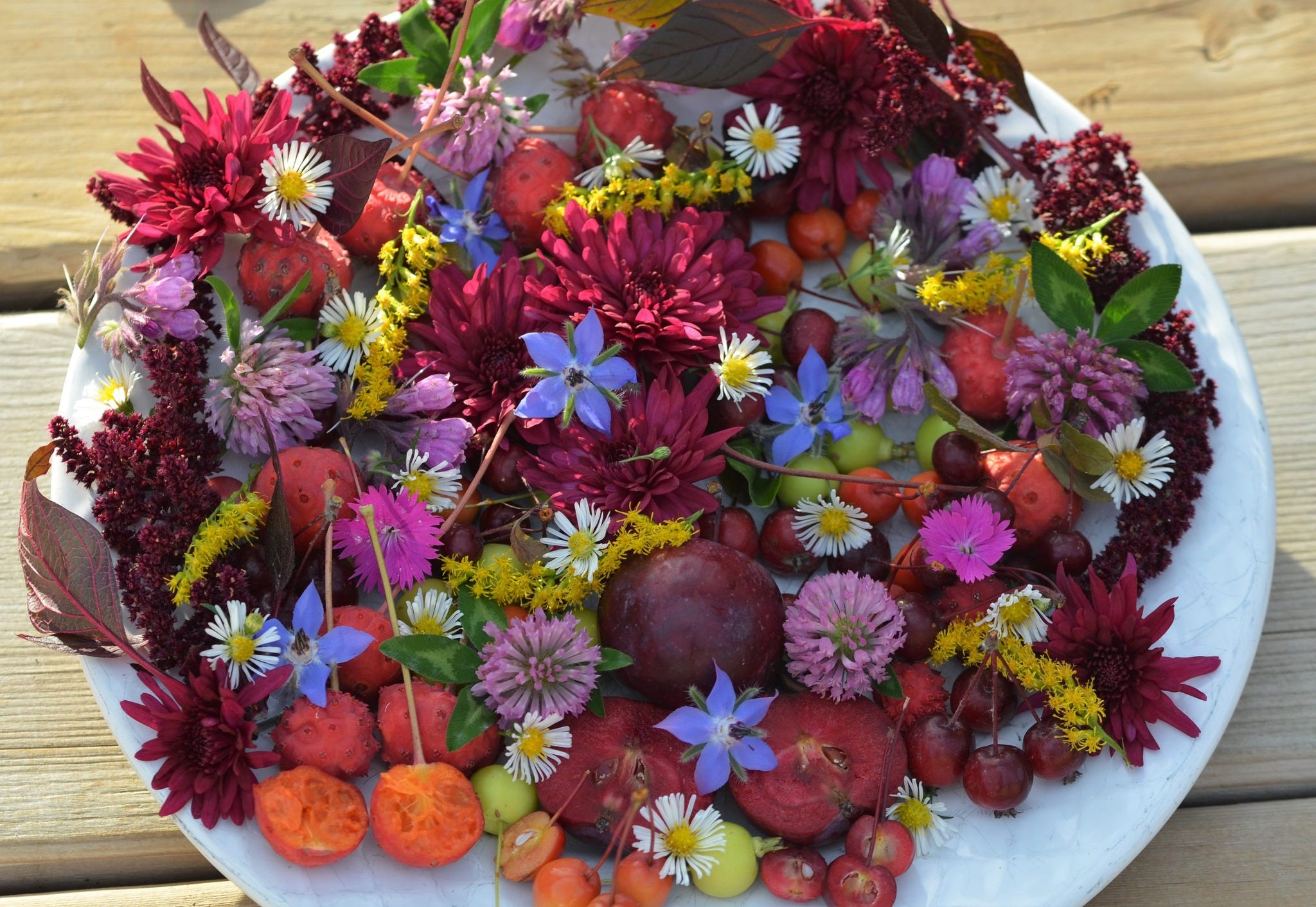
Based on my own personal experience growing fruit trees, vines and berry bushes from seed I do not agree with the author’s opinion that such efforts will result in “inferior” fruit. On the contrary, I have found that with patience, close observation, faith and TLC, such efforts often result in fruit and berries that are superior to those produced by their parent plants.
For instance, conventional horticultural/agricultural thinking says that in order to discover a new apple variety with favorable characteristics one would have to grow out at least a thousand trees from seed. Based on my personal experience growing malus sieversii from seed I have found those numbers to be a gross over exaggeration as we started growing only 6 trees from seed eight years ago (as it is all we have space for) and the one that started first producing fruit gifted us a delicious eating apple, that also works well in baking recipes and makes excellent cider as well.
Here is what the first apple variety we grew from seed turned out to look like:
Maybe (as most conventional horticultural academics and big business pros would likely say) it was dumb luck, and the next 999 apple trees I grow from seed will produce “inferior” fruit, but I suspect that will not be the case.
Also, who decides what is “superior” and “inferior” fruit anyways? Tangy and bitter apples are full of useful organic acids that are ideal for making dry ciders and smaller apples can be helpful to those with short growing seasons as they can take less time to ripen up. Characteristics that corporate Ag industry deem as “inferior” is really just their way of saying “we lack the creative thinking and originality to find a way to appreciate this unique fruit’s gifts and find a way to market it”.
I would encourage you to do the opposite that the author’s suggest regarding growing fruit trees, vines and berry bushes from seed.
Do not keep your expectations “realistic” about producing a “superior” fruit, have completely unrealistic, beautiful, hopeful and faithful expectations, and when the gift from nature that is a new variety of fruit or berry is offered to you after your years of patience pay off, receive that gift gracefully, using your mind, your heart and your understanding of ecology (as well as your tastebuds) to measure, define and describe the attributes of the resulting new variety.
Do not look at the gifts from nature through Big Ag profitability, westernized palate and Walmart uniformity colored glasses, look at the new variety with the eyes of a child and the heart of one who has just co-created a gift that will give back to human and non-human beings for countless generations to come.
Okay, now lets move on to some plant profiles covered in the book that are among my favorite plant and tree species to work with in syntrophic agroforestry (food forest) designs.
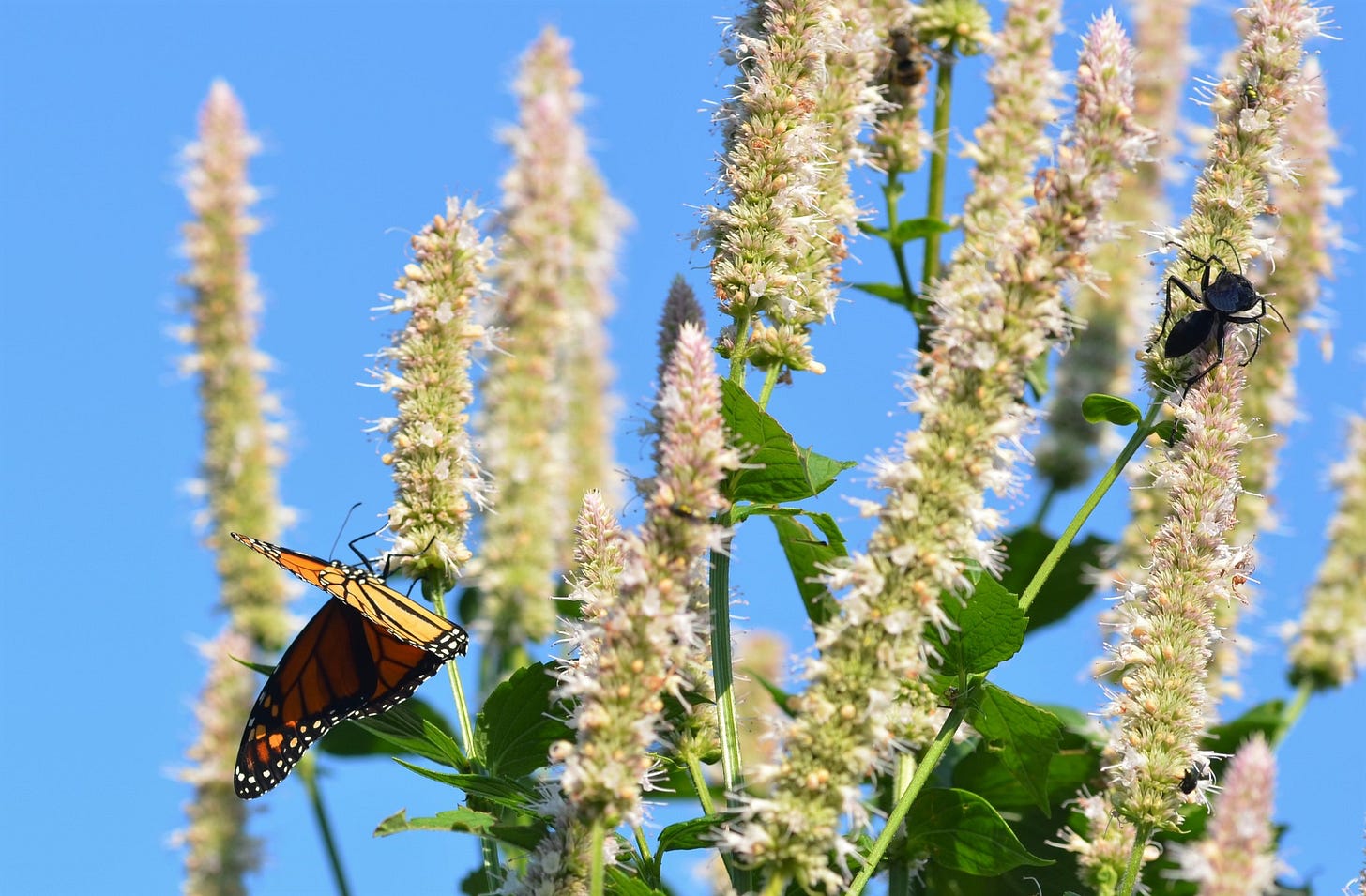

For more information on this species read:
Agastache foeniculum (aka Anise Hyssop)
This post serves as the third crossover post which is both part of the above mentioned (Stacking Functions in the Garden, Food Forest and Medicine Cabinet : The Regenerative Way From Seed To Apothecary series) as well as constituting the 6th installment of the



I am surprised Yarrow did not get declared as a heathen blasphemer plant in one of those “herb alerts” in this book as I am often paid to pull this plant from people’s ornamental garden beds where it has selfsown and I have seen it growing in the wild, prolifically from the ocean side to the desert and up to 7500 feet above sea level in the high alpine. I certainly consider this plant to be antithetical to the monoculture thinking of conventional agriculture (which to me is a good thing) but ya, strange that Borage made the “unapproved heretic plant list” but not yarrow.
For more info on this amazing species read:
Day Four: YARROW
A powerful flowered plant, great for colds and fevers as it boosts the body’s ability to “sweat off” an infection, perfect for toning blood circulation and regulating blood pressure, as well for stimulating digestion and healing the intestinal membranes. Make some tea out of it and watch the magic happen. She is also a blessing for pollinators and attra…
Again I am surprised that Amaranth did not make the list of heretical heathen non-conformist plants (“weeds”) in the book as it readily self sows in my garden (which I love) and considering this species history of supporting rebellious indigenous heretics and other “weed” eating anti-conformists)
For more information on this amazing species, read:
Amazing Amaranth
It is very nutritious, versatile in the kitchen and fun to grow in the garden. Both the leaves and the seeds are edible and highly nutritious. Some varieties have even been selectively bred to produce succulent edible stems as well! Talk about a versatile garden crop, it can potentially produce three crops from one plant!
For more info on this powerful medicine and companion plant, read:
Day Twelve:. ECHINACEA
Glowing with serene radiance as if she shines some kind of bioluminescent light from within. Echinacea may be seen as a common weed by some here but I adore her and am grateful for her presence in our lives. All plants (and other beings) offer their own important and u…
For more information on a particular species of Fir that is close to my heart and a prevalent member of the Boreal Forest, read:
Befriending The Boreal: An Invitation To Get To Know Our Beloved Elder, Sister Balsam Fir
Balsam Fir She is an ancient being that has provided (and continues to provide) medicine, food, building/weaving materials, spiritual healing and habitat for countless beings (including humans). She offers her powerful aerosolized medicinal compounds to alter the composition of the entire atmosphere of the Earth (cleansing pathogenic organisms and pollu…
For more information Serviceberries and their many gifts, read:
Serviceberry - a secret treasure of the north
This post serves as the second crossover post which is both part of the above mentioned (Stacking Functions in the Garden, Food Forest and Medicine Cabinet : The Regenerative Way From Seed To Apothecary series) as well as constituting the 5th installment of the
Below the authors make the claim that apple seeds are orthodox, and while it is possible to dry and store apple seeds (resulting in a low germination rate and low vigor in my experience) I have found that treating them as recalcitrant (not allowing them to dry out and keeping the seeds in a moist soil medium or damp paper towel during their stratification process) results in very high germination rates and very vigorous seedlings (the many people I sent seeds to in 2023 will attest to this).
On the page they included in the book on Paw Paw trees/seeds the authors have poor advice and inaccurate information regarding their suggestion to dry out the seeds.
As I stated in my recent article on Paw Paw (Asimina triloba) trees, the seeds are recalcitrant, thus, the golden rule to growing a pawpaw tree from seed is to never let the seed dry out.
Given this significant error (and the incomplete info on apple seeds) in the book (which has likely resulted in a great many people unknowingly killing their paw paw seeds and lowering apple seed germination rates and vigor) I suggest taking their advice with a grain of salt.
For more information on PawPaw (Asimina triloba) trees and their many gifts, read:
Paw Paw (Asimina triloba)
Pawpaw is an unbelievable tree and fruit. Imagine a fruit the size of a mango, that smells like the most exotic tropical fruit. Cutting it in half reveals an incredibly sweet, rich, custard-textured flesh that has a flavor profile somewhere between banana, papaya, pear, strawbe…
For more information on the many gifts that Birch trees offer, read:
Birch - The Graceful One
This post serves as the first crossover post which is both part of the above mentioned (Stacking Functions in the Garden, Food Forest and Medicine Cabinet : The Regenerative Way From Seed To Apothecary series) as well as constituting the 4th installment of the
For more information on the many gifts that Ginkgo trees offer, read:
Ginkgo Biloba
Common name: Ginkgo, Maidenhair tree Family: Ginkgoaceae Part used for medicine/food: Leaf, Seeds Constituents: Flavonoids (quercetin, kaempferol) & Proanthocyanidins Terpenoids (bilobilides & ginkgolides) Ginkgolic acid (toxic) Amino acids Phytosterols (sitosterol)
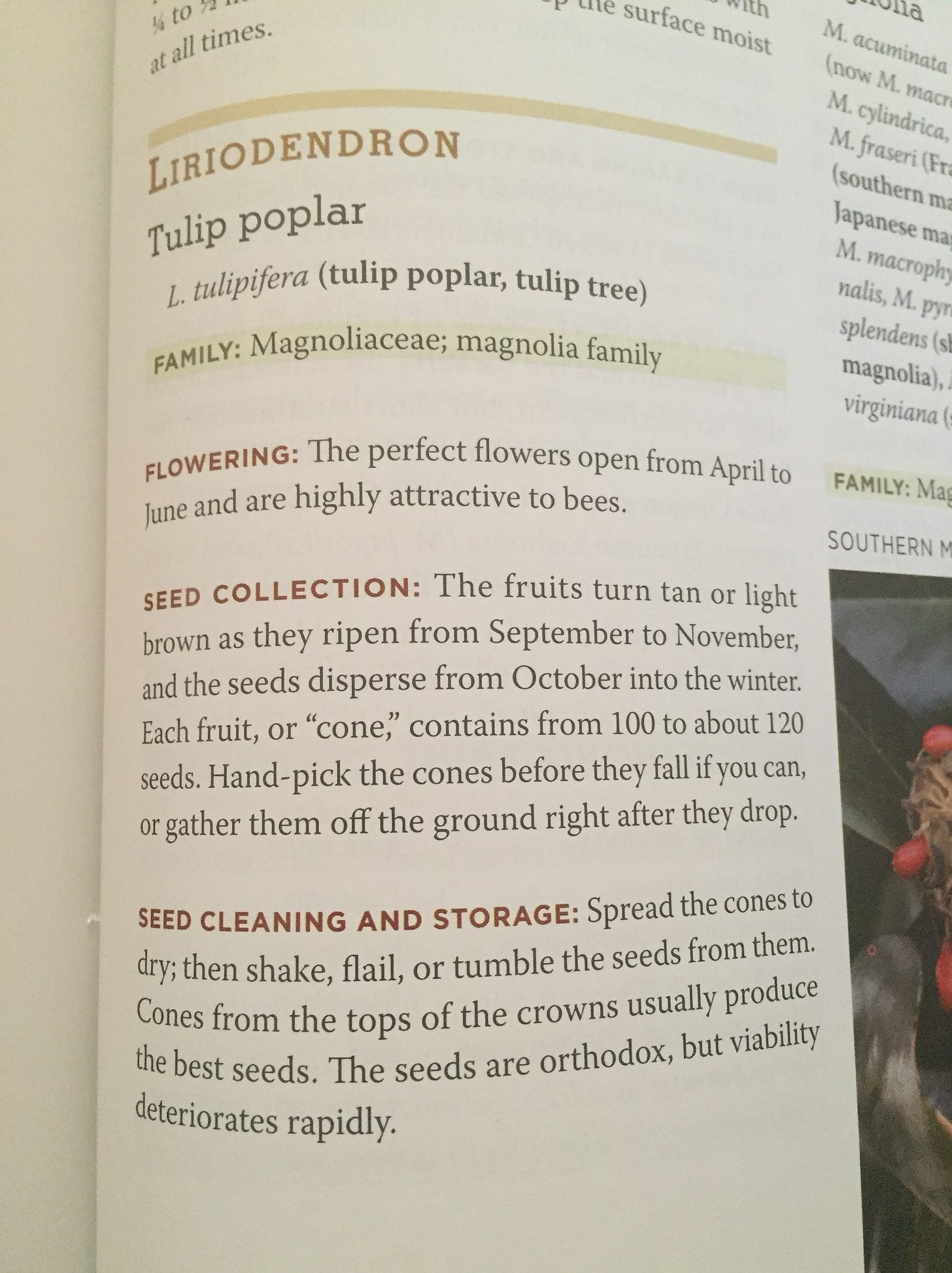
And last but not least, for species covered in the book that I would like to highlight, Pine (the book also offers some helpful info for discerning seed ripeness and stratification requirements for specific species of pine):
I will stop there as this review is already becoming a book of it’s own but in summary I will say that the book has some useful nitty gritty technical info (with at least a couple significant errors/omissions in that area as well) but the whole plant eugenics, pro Big Ag, anti-wild plant vibe of much of the book turned me off in general. That is why this book gets a 4 out of 10 from me.
I would also like to re-iterate that the total omission of even discussing genetically modified seeds (transgenic seeds created via rDNA tech/gene splicing and/or gene editing tech) is suspect in my opinion. I do not see how two professionals in the field of seed saving and plant breeding could innocently omit that dominant facet of our modern industrial agricultural system without is having to due with wanting to avoid pissing off colleges, corporations or perhaps being an indication that the authors endorse transgenic seeds but did not have the guts to openly state it. Either way, the fact that they avoided the topic all together and the “germ theory” thinking rubs me the wrong way so I feel like 4 is generous in my opinion.
However, that is just my opinion and I would value hearing what you all think in the comments section as well. Perhaps you feel I am being to harsh on the authors and this book? Or perhaps you feel I went to easy on the book and missed discussing some key aspect that deserves careful scrutiny? If so, please help me to understand why in a comment.
As I said in a comment recently, this book exampled something that I think many seed saving books are lacking (from what I have seen) and that is an exploration of the positive roles of microorganisms and their interactions with seeds.
Most of the conventional agricultural/horticultural thinking (stemming from mainstream academic institutions) with regards to seeds saving appears to involve an attitude that is sort of reminiscent of Louis Pasteur's "Germ Theory" in that they only talk about microorganisms as potential "pathogens" with regards to their potential relationships with seeds.
Seeds, being living embryos, have their own microbiome just like we humans. Many ancient ecologically literate and spiritually/intuitively attuned cultures understood that taking the roots of a healthy mature plant, dipping them in water and soaking the seeds in that water, imbued the seeds with benefits. These ancient horticultural experts may not have had the same words we have for things like Mycorrhizae, Purple nonsulfur bacteria (PNSB), lactic acid bacteria (LAB), and perhaps referred to the essence that they were imbuing the seeds with as "spirits" but they accomplished the same thing that university experts studying "Seed Bio-Priming by Purple Non-Sulfur Bacteria (PNSB)" are engaging in via root soaks or mixing some Terra Preta in water for inoculating the seeds before planting (and without all the expensive lab equipment).
Hopefully I can attempt to remedy that in my own small way when I publish my next book. I would like to explore intentionally stimulating beneficial seed microbiomes ("probiotics" for seeds if you will) both in the context of seed storage outside of the soil, and storing seeds inside the living soil as part of a "soil seed bank" (like I sometimes do with my self-sowing veggie/herb beds like this):
It has been known to some botanically/ecologically literate/intuitive cultures for centuries - millennia, but modern science is now starting to catch up as well.
I hope to honor and build on that ancient knowledge as I write my next book.
Thank you to those who read this book along side of me and thank you in advance for your time and consideration in reading this post and commenting to share your own thoughts.
I look forward to reading and reviewing “The Soul of Soil: A Soil-Building Guide for Master Gardeners and Farmers” over the next couple months and I will post a poll for August-September’s Book Club selections some time in July.
For more information on the Book Club Series:
Introducing a new monthly series : Book Club
Hello everyone! I am gonna create a monthly poll that presents several books on a particular topic and invites subscribers to vote in a poll as to which book we should all read the following month and provide a means for subscribers to also suggest adding books to the list for a given month.


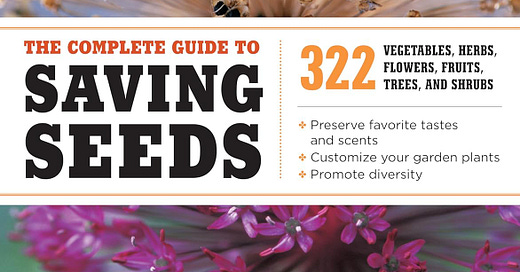



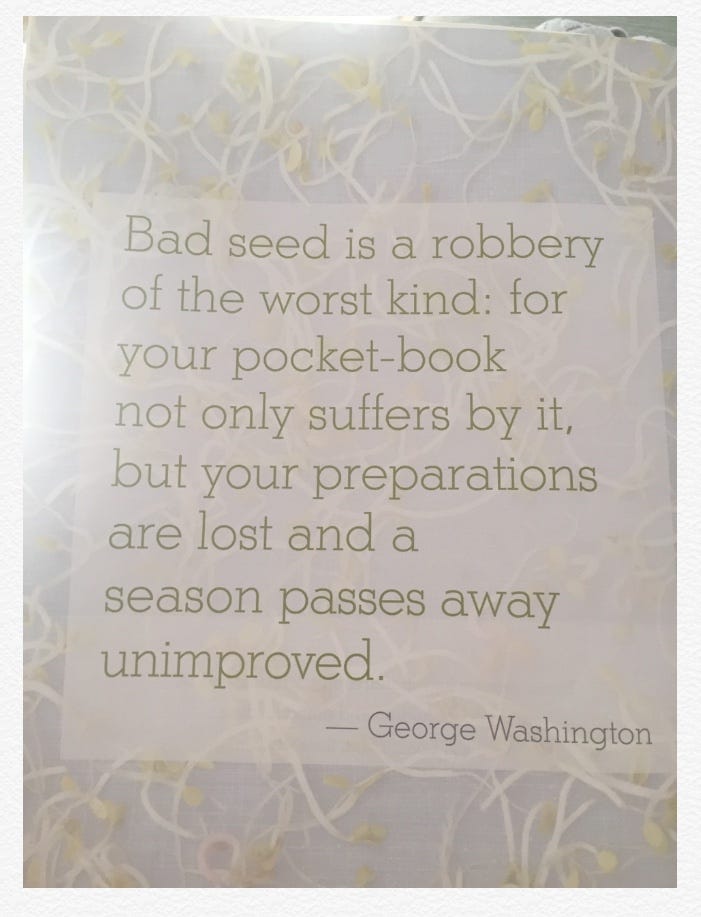
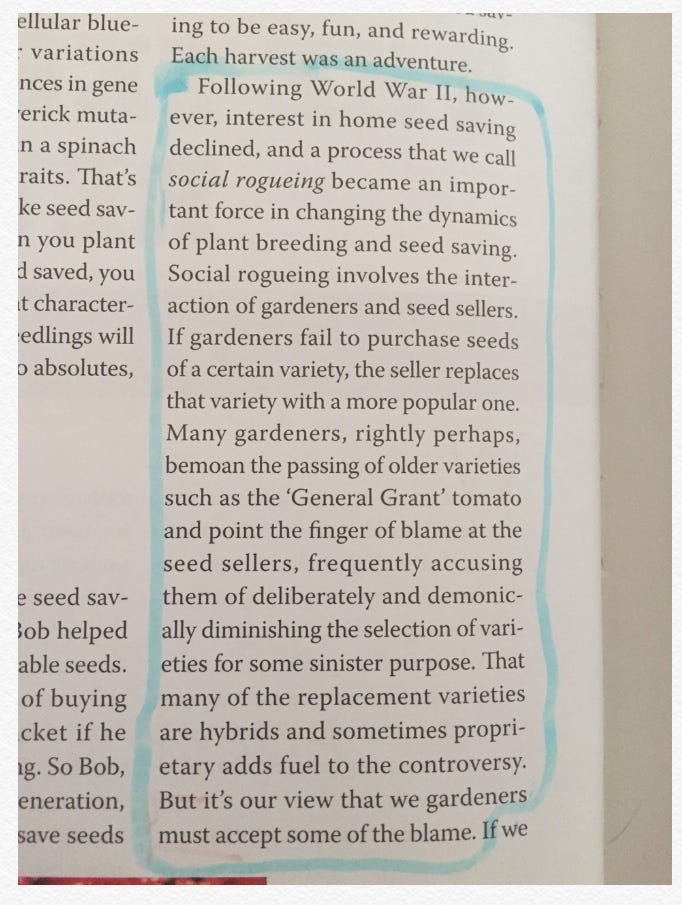

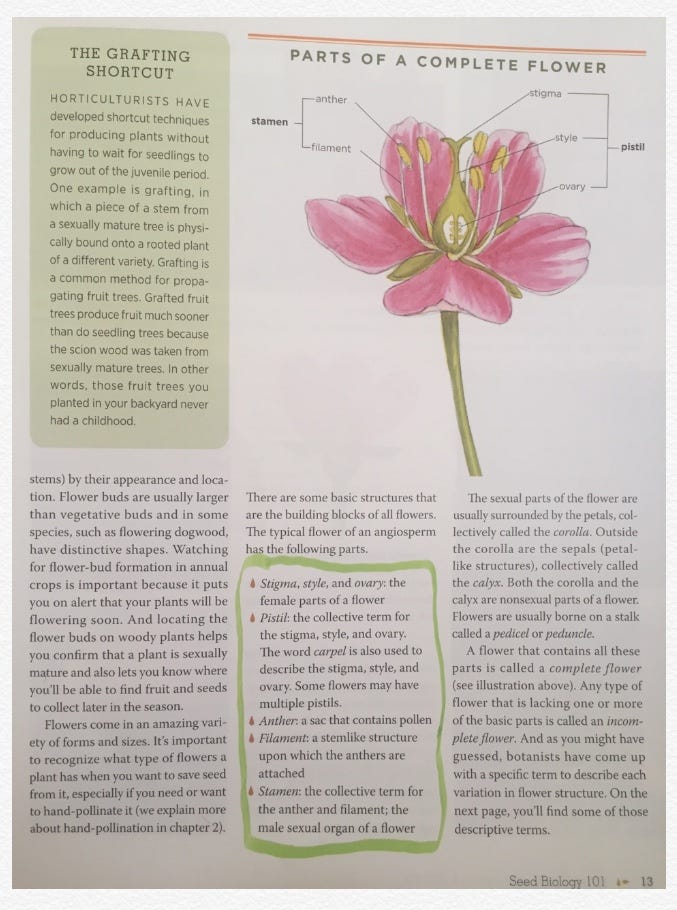




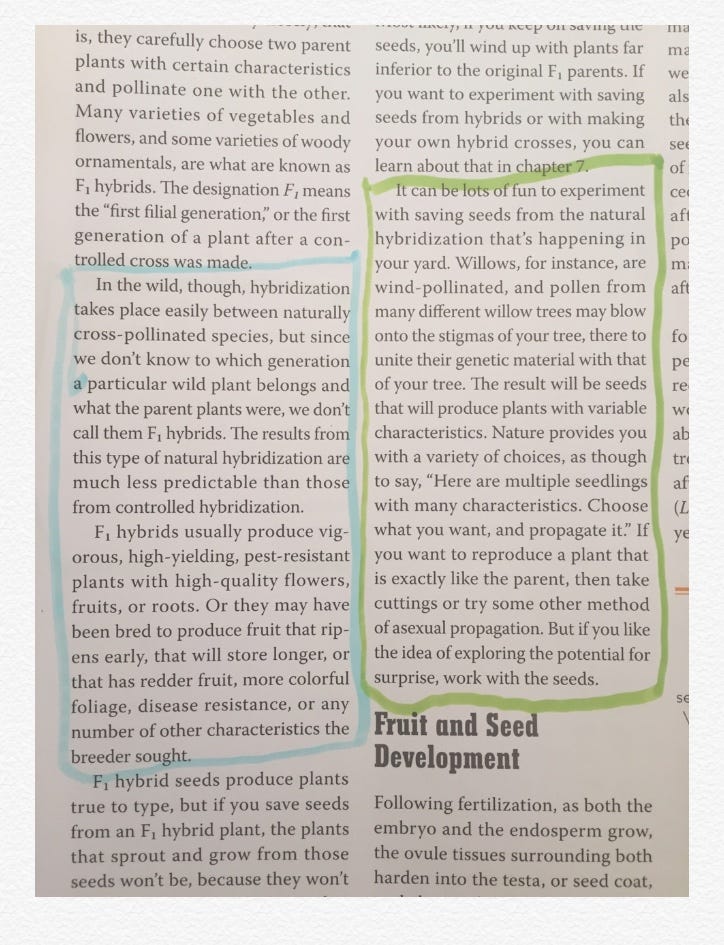

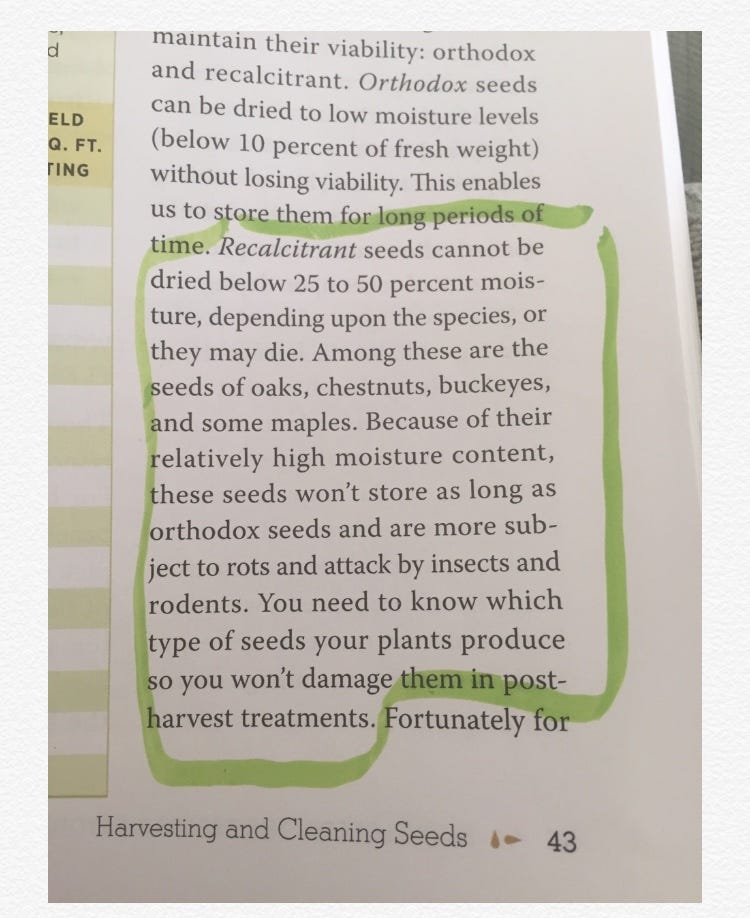
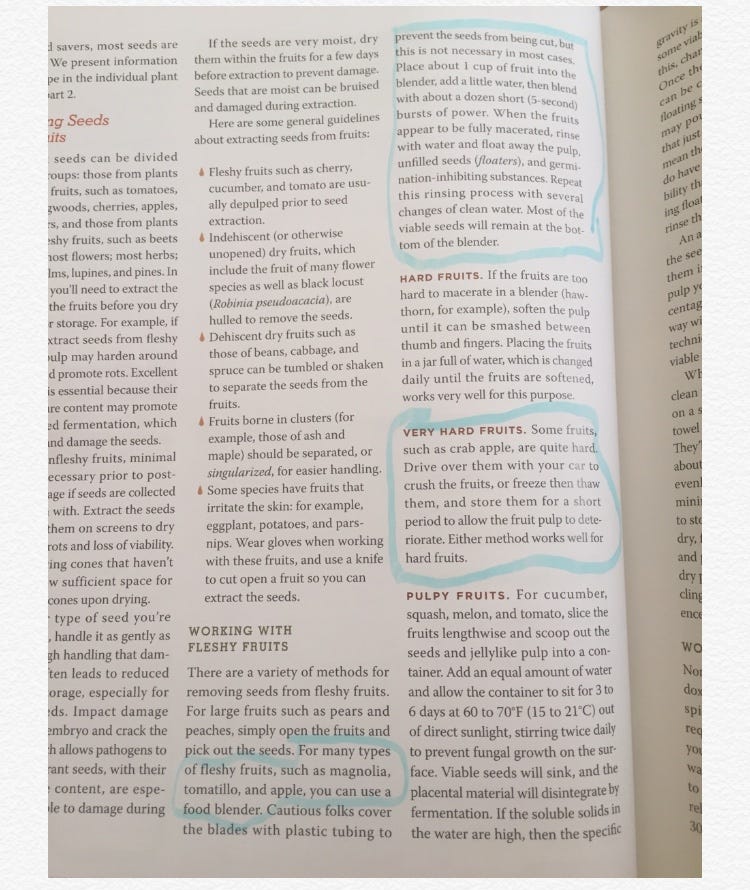

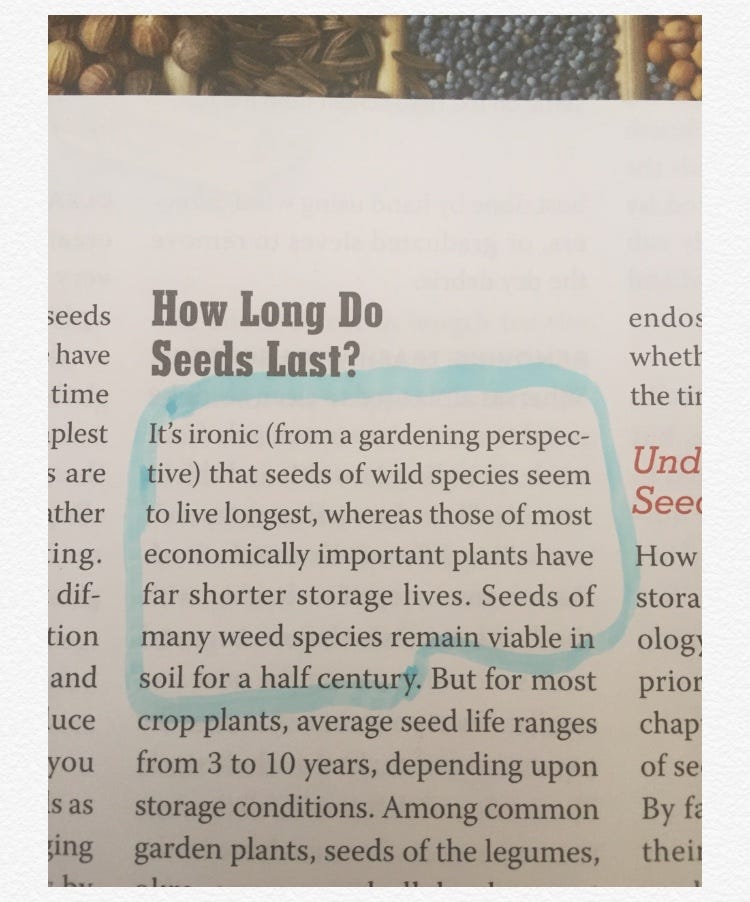




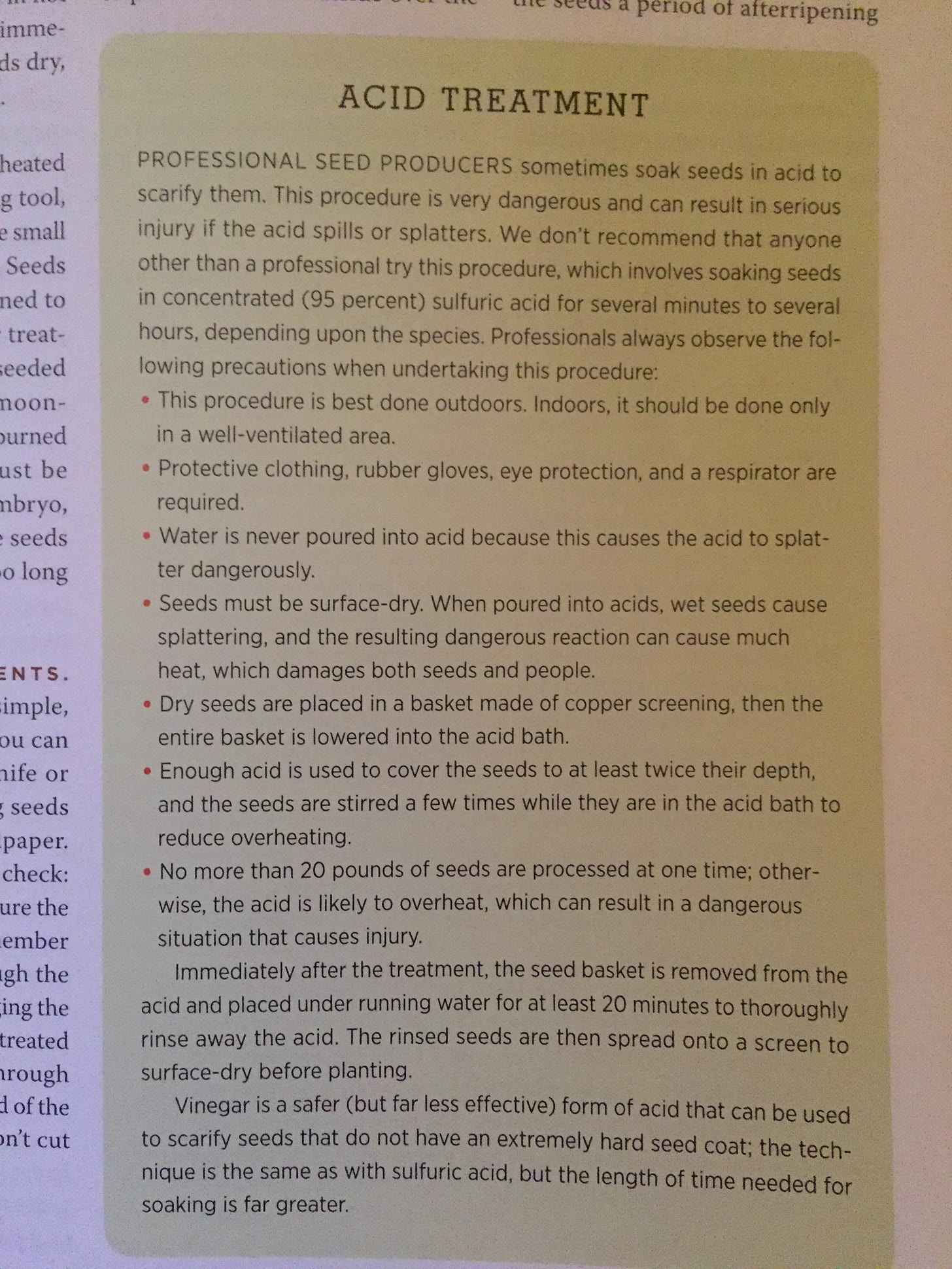


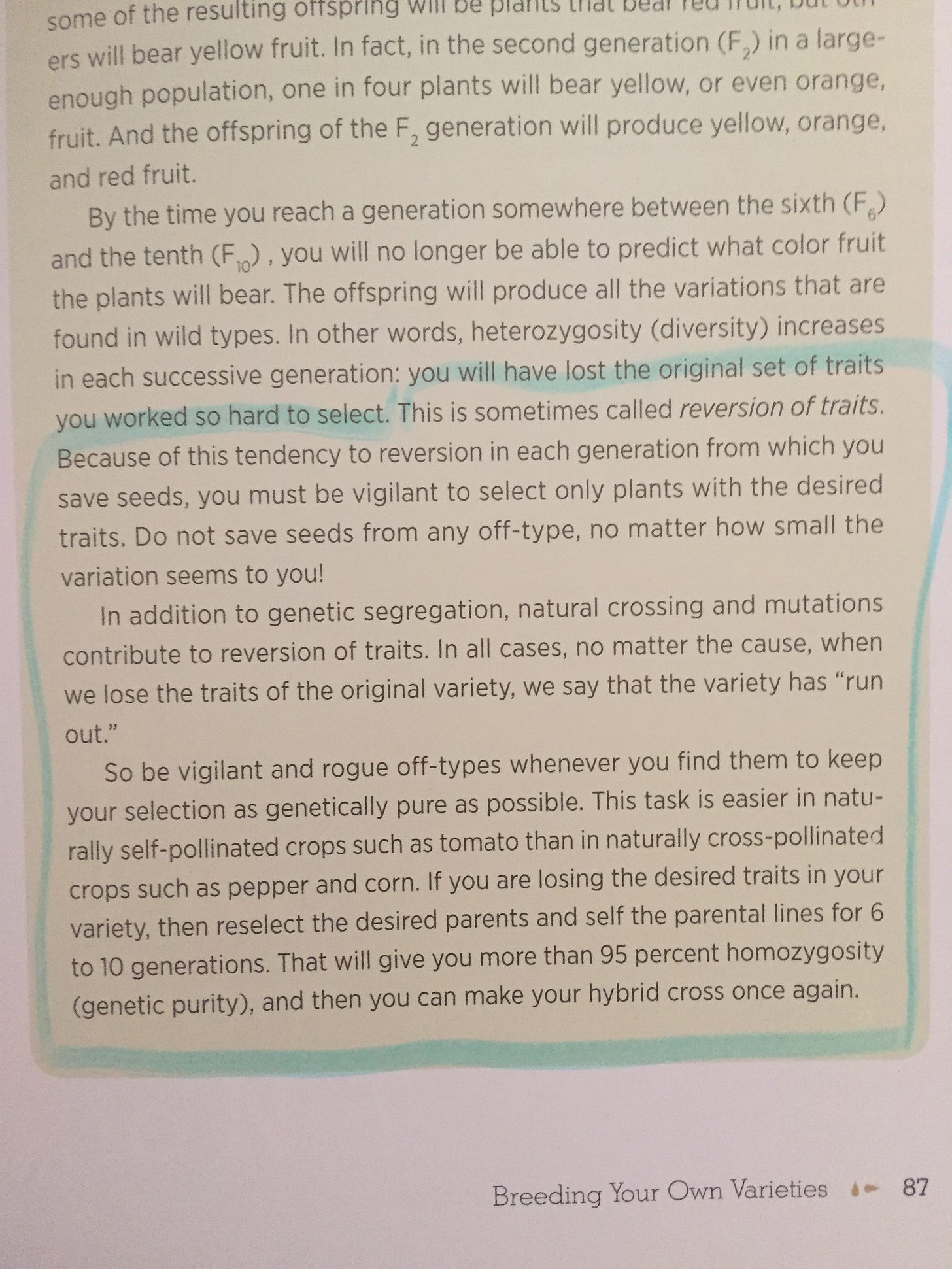

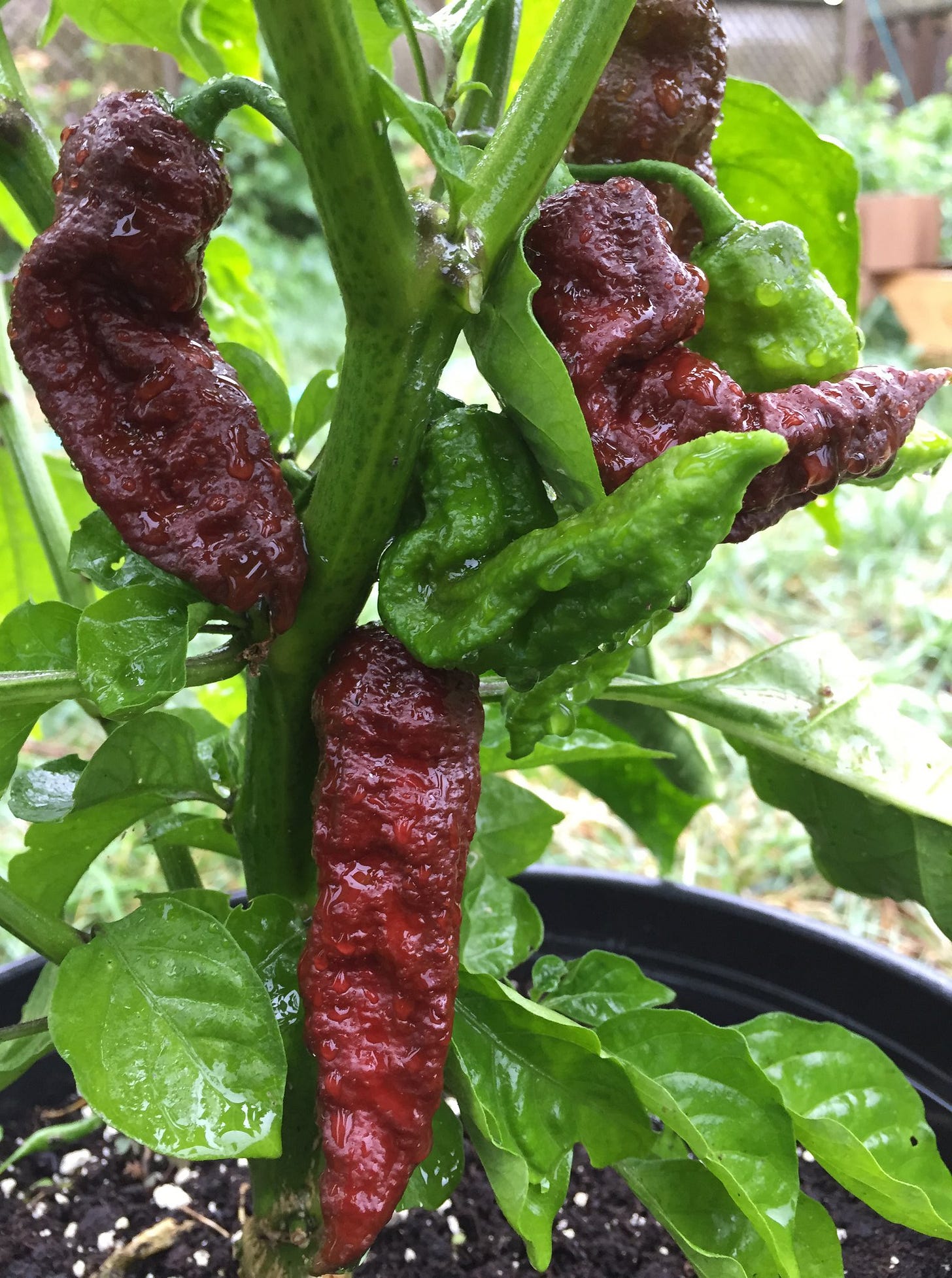




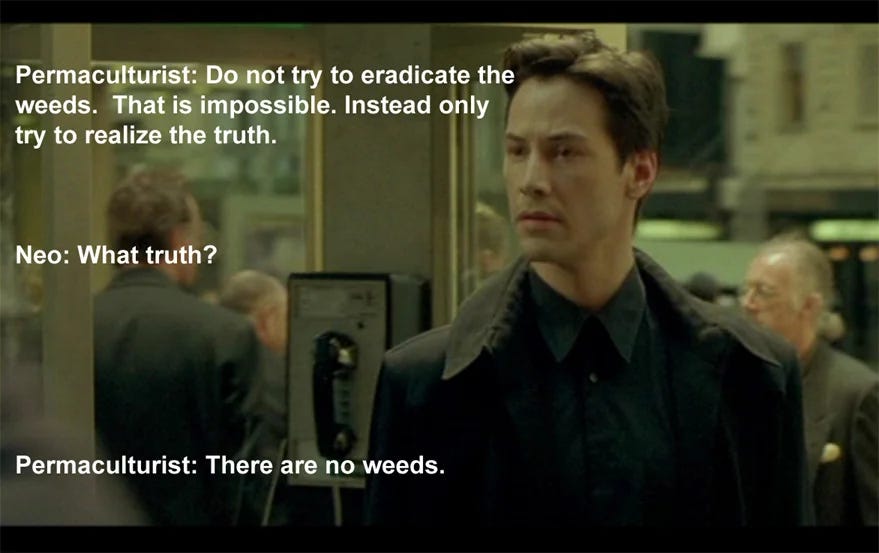


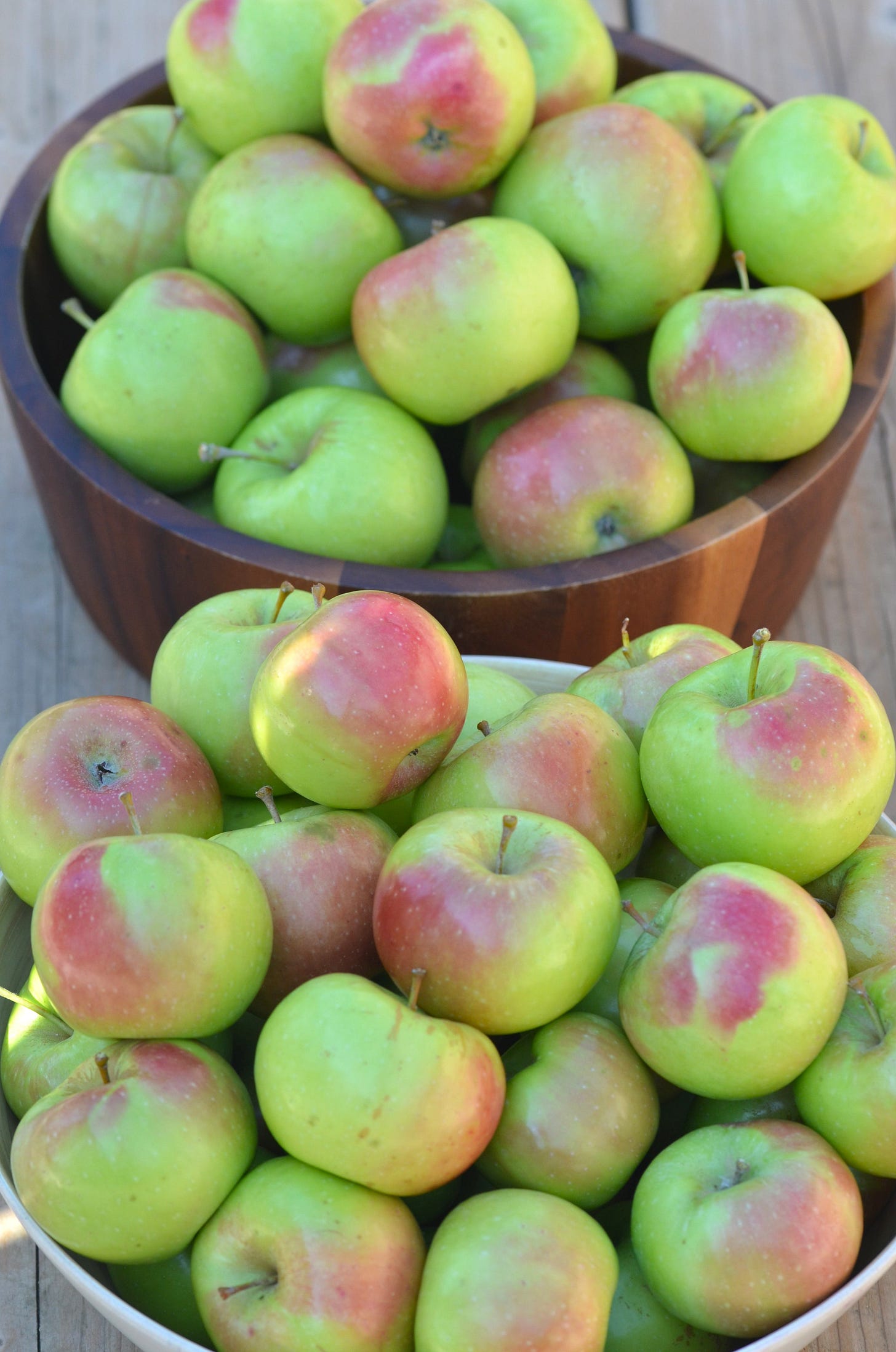
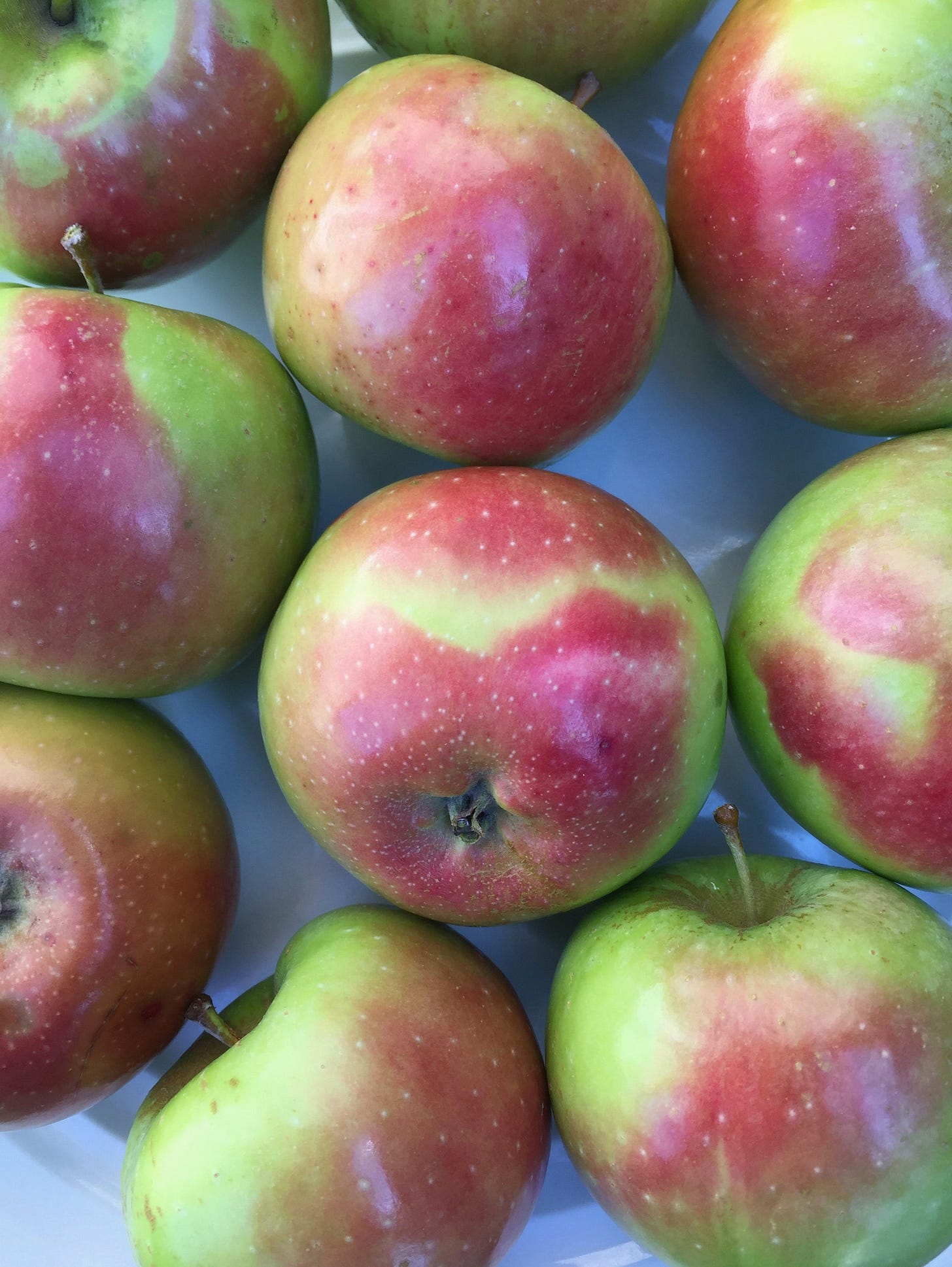



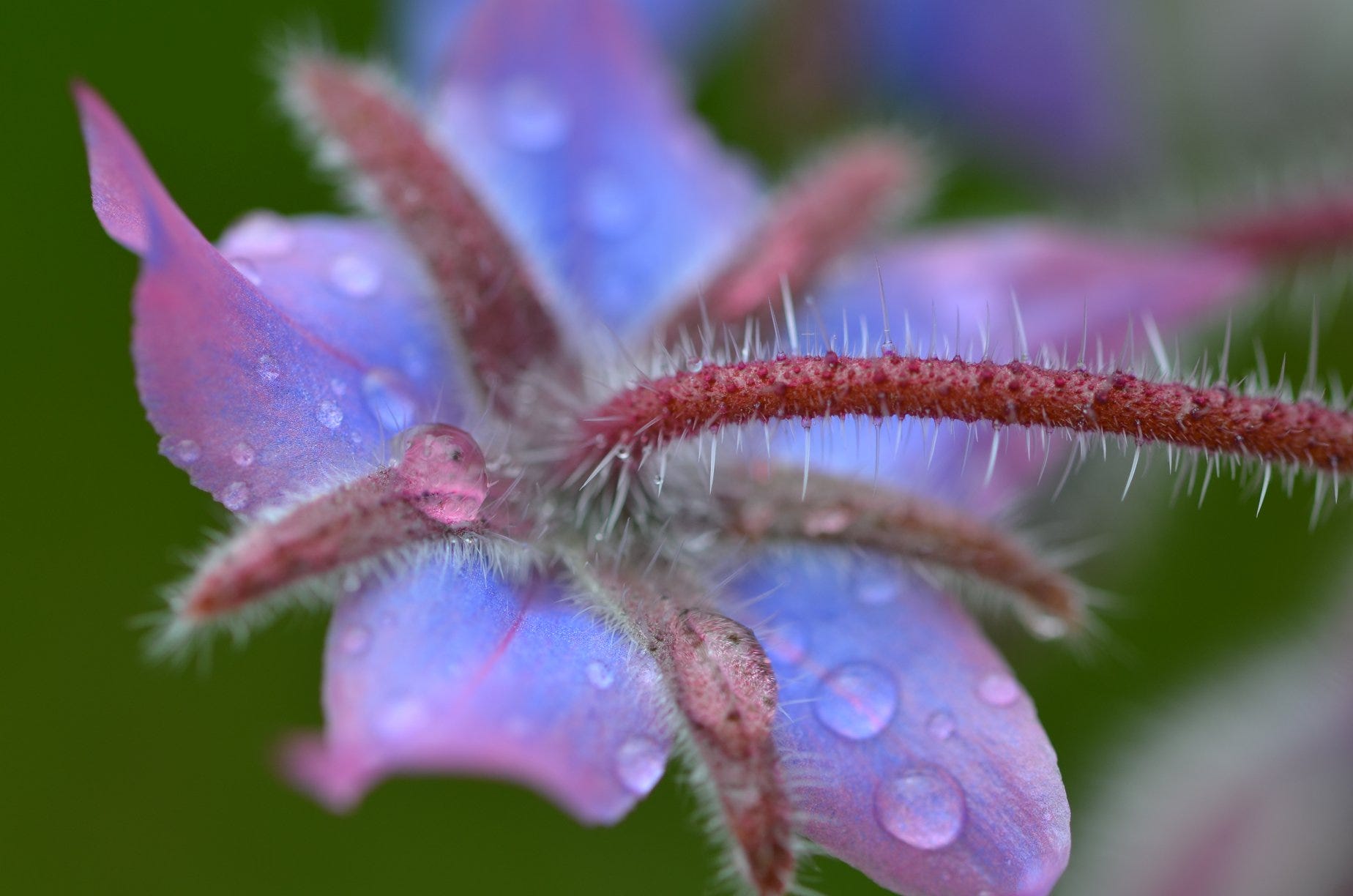
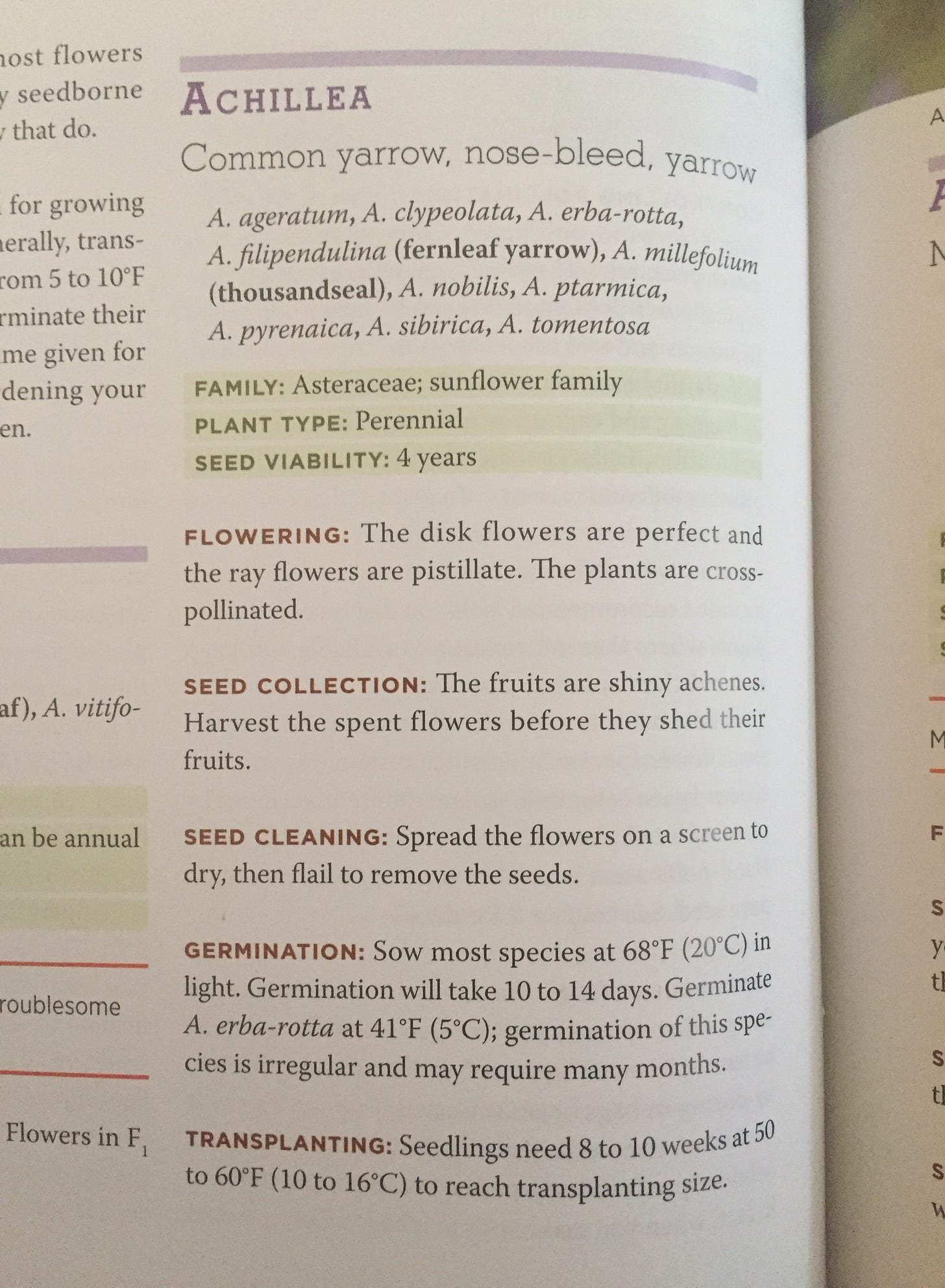
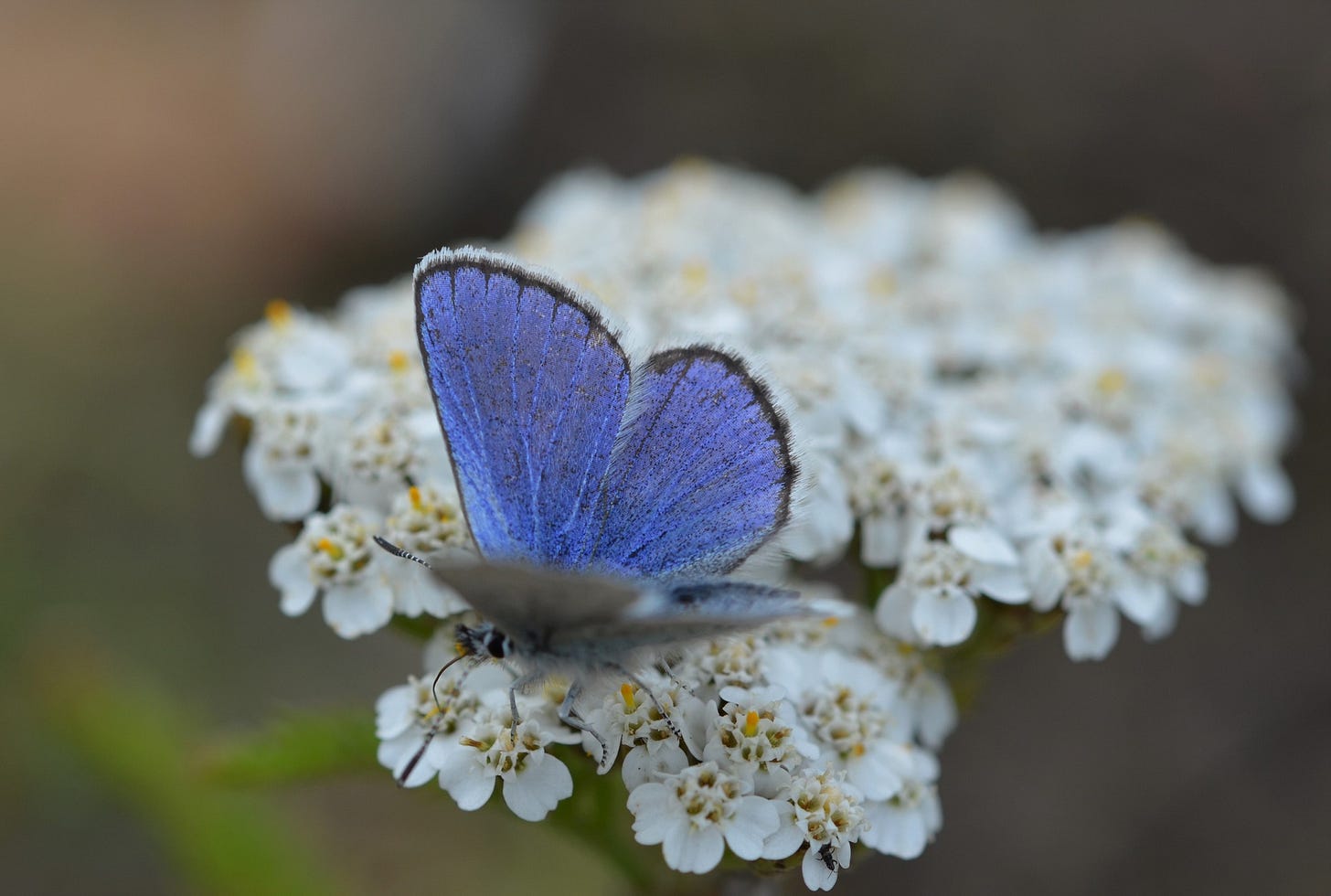

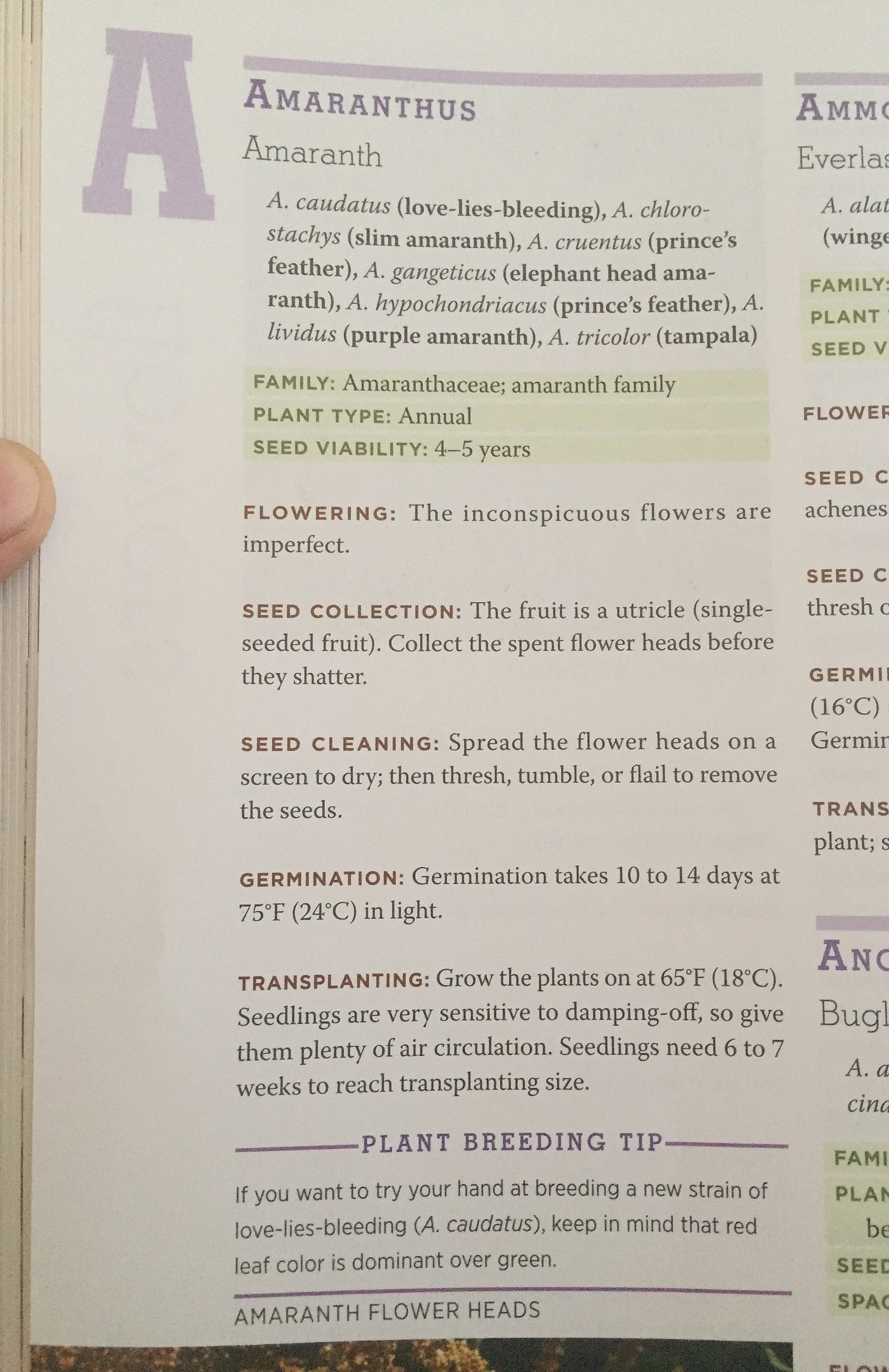
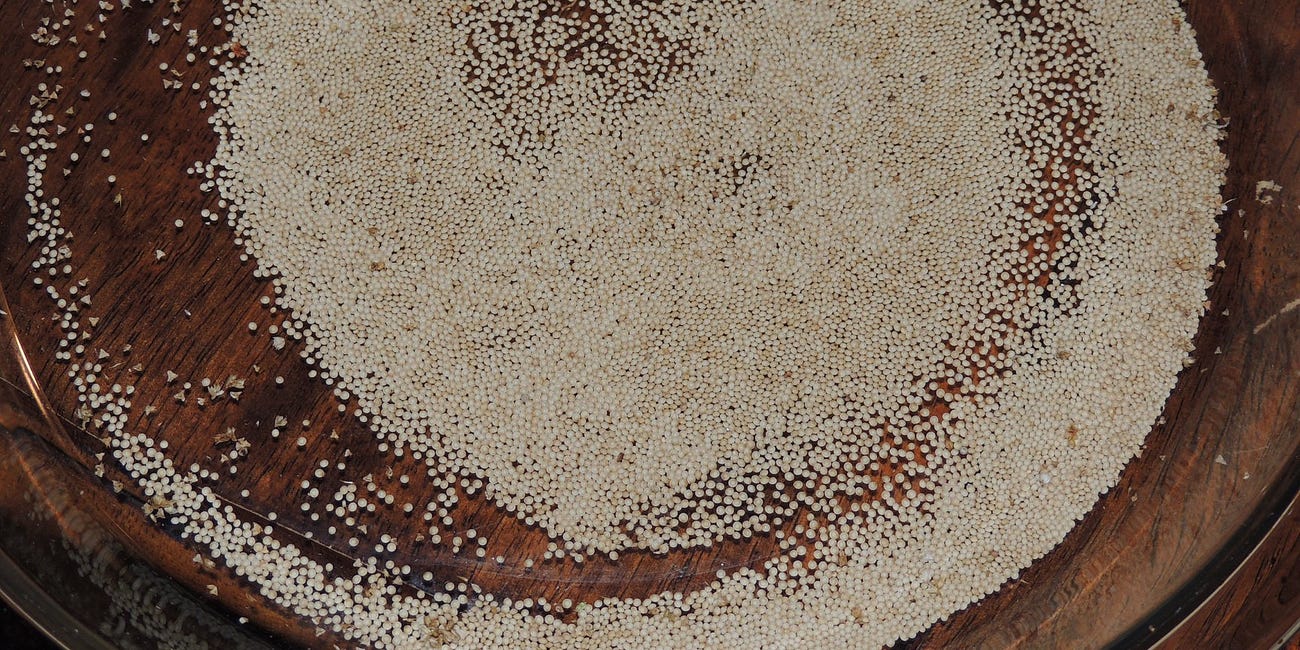
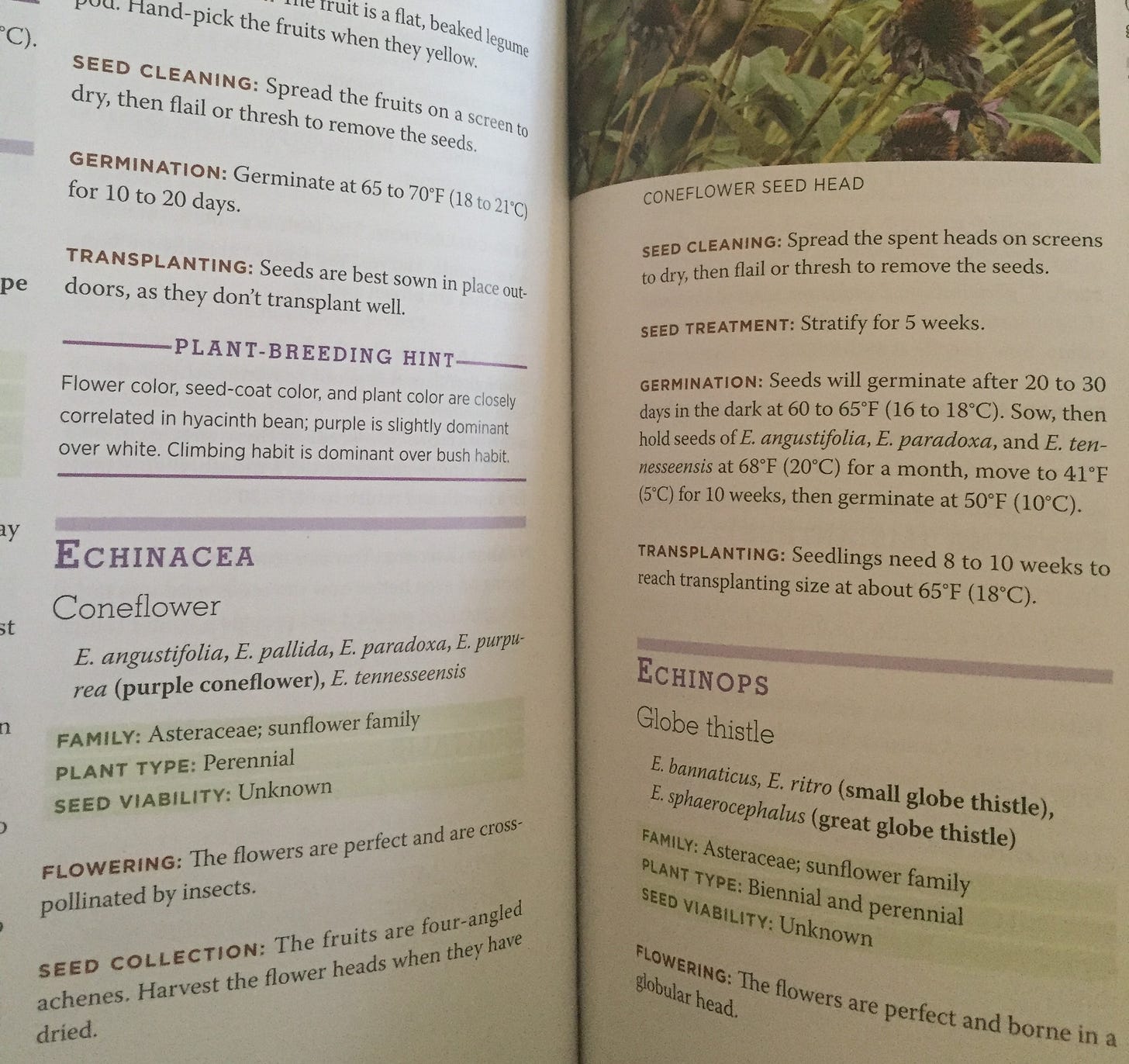
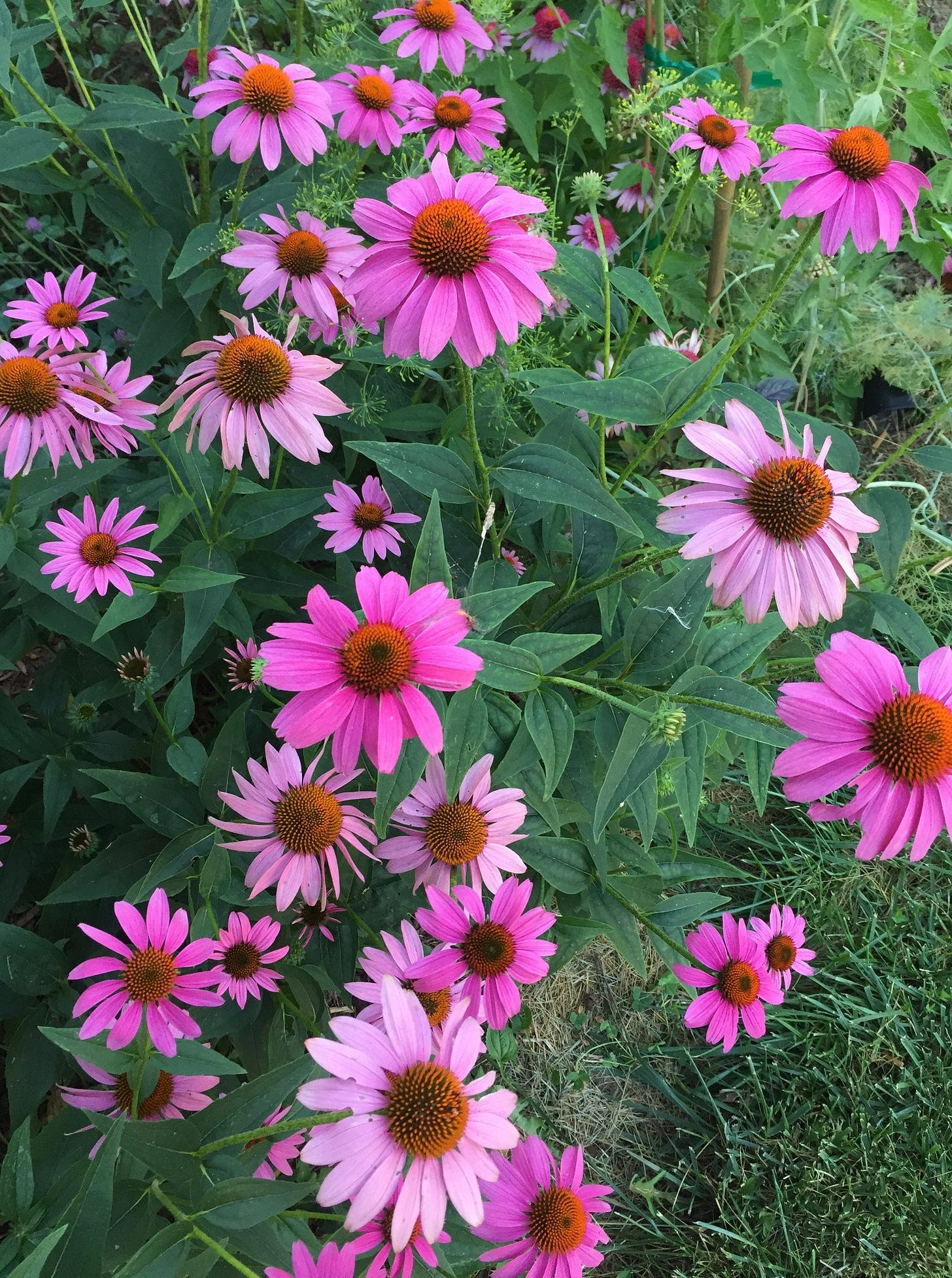



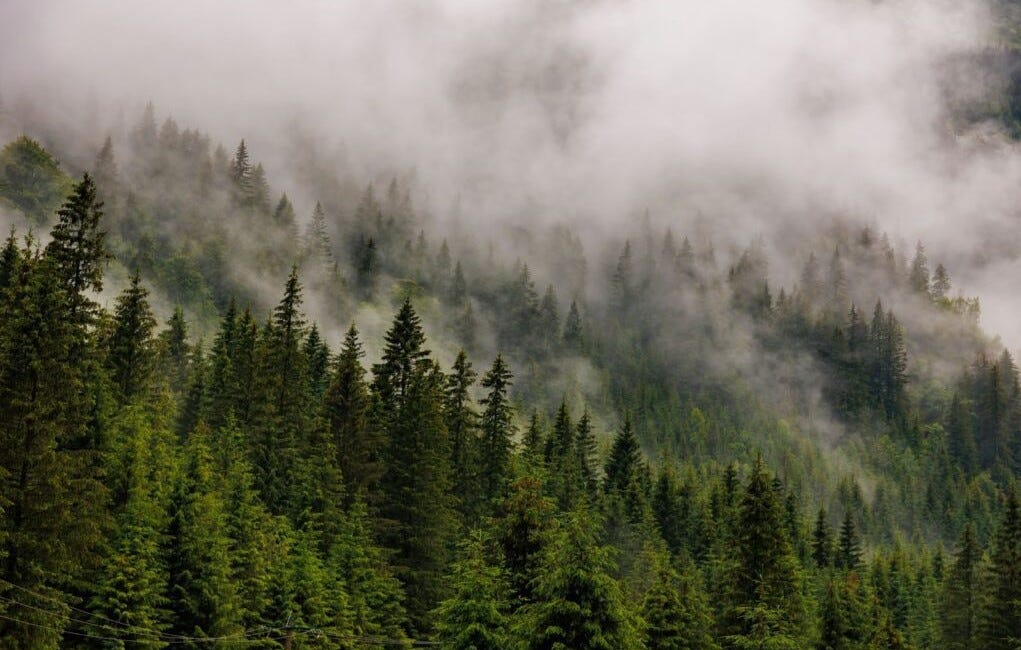

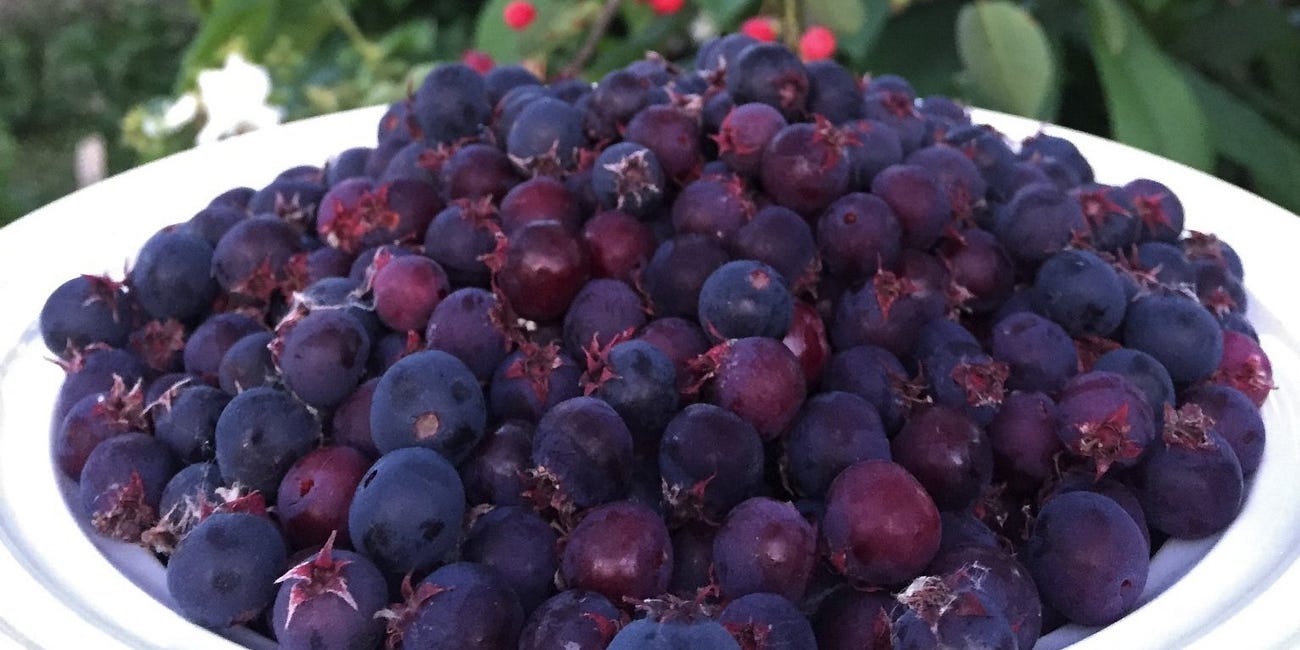
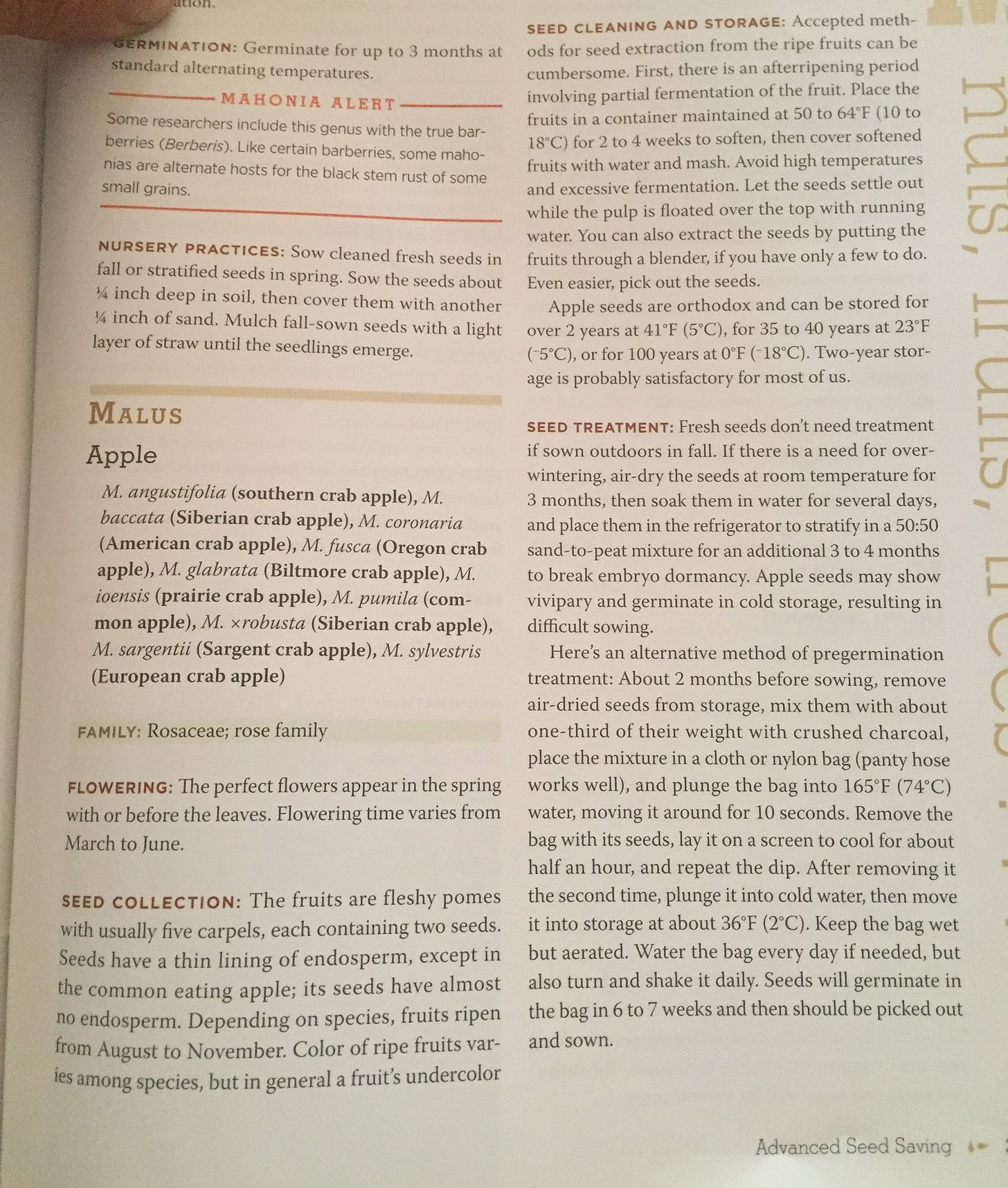

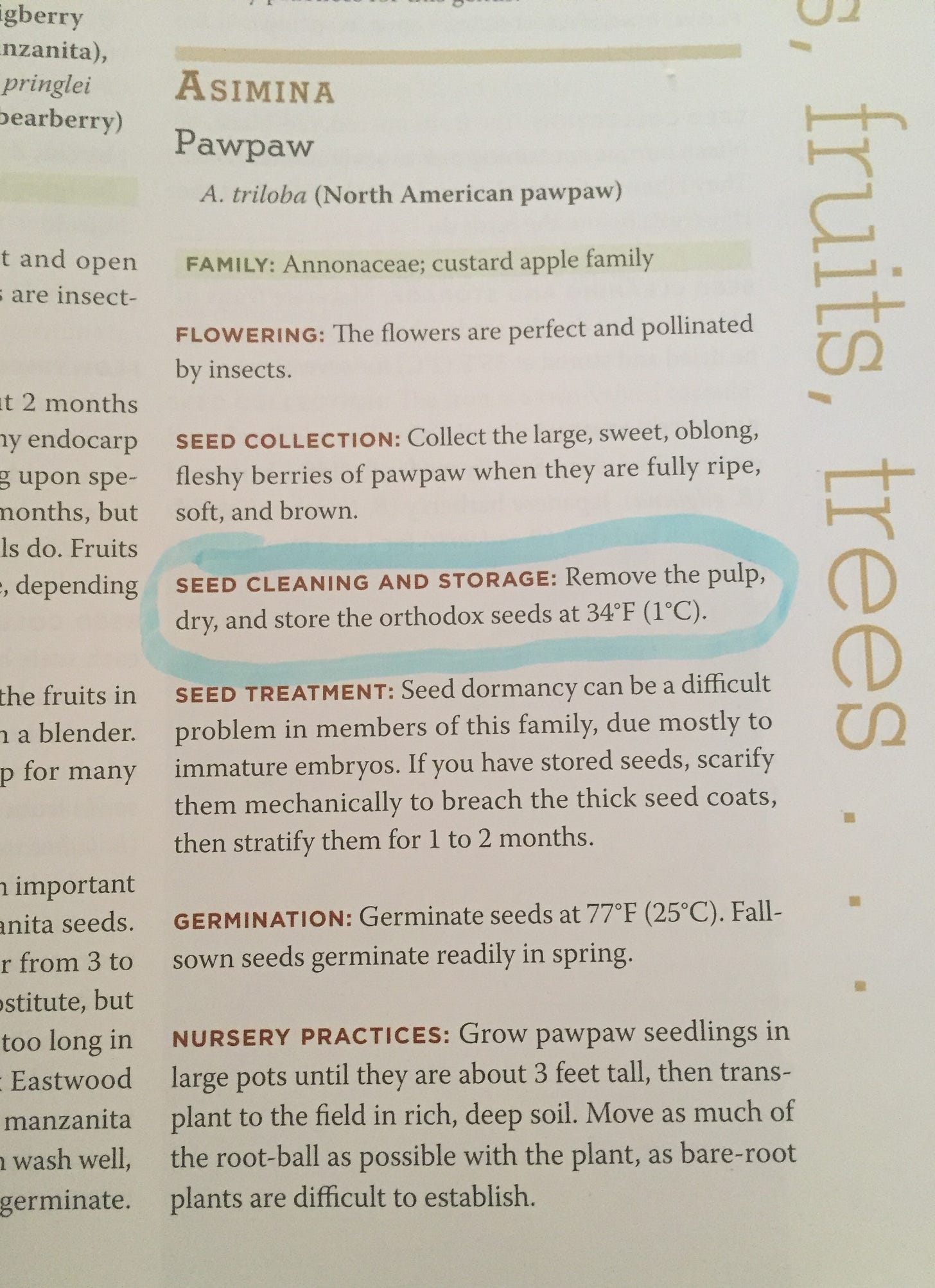
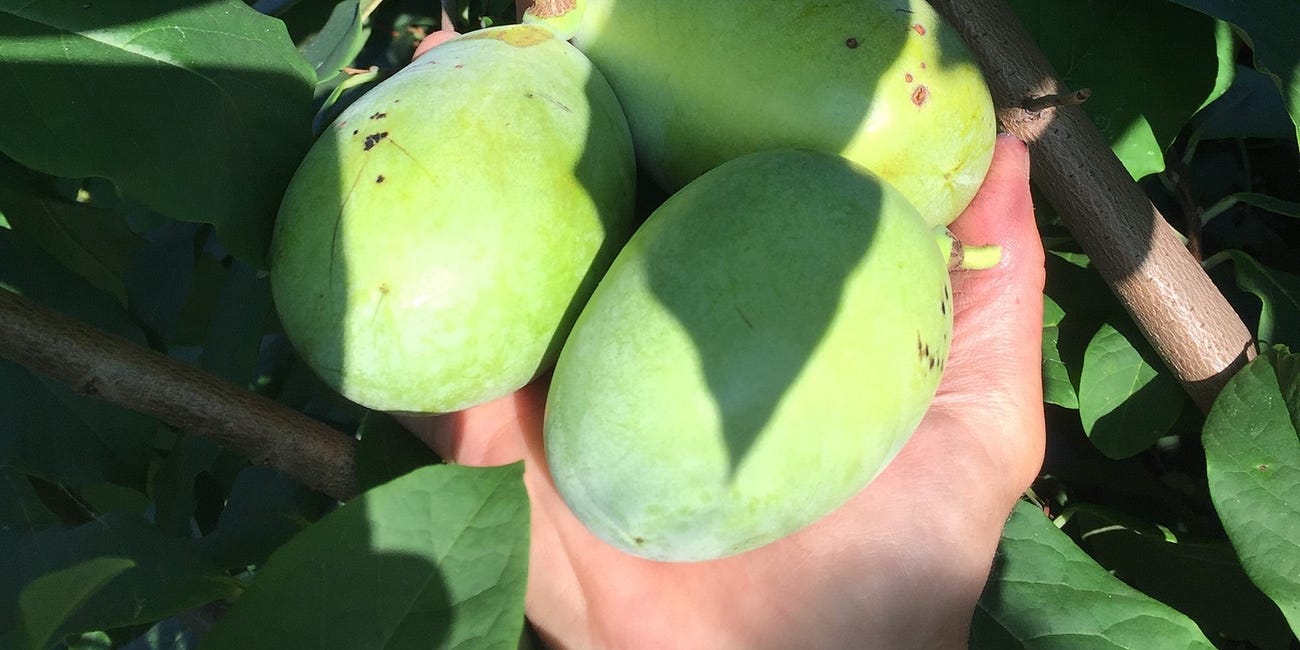
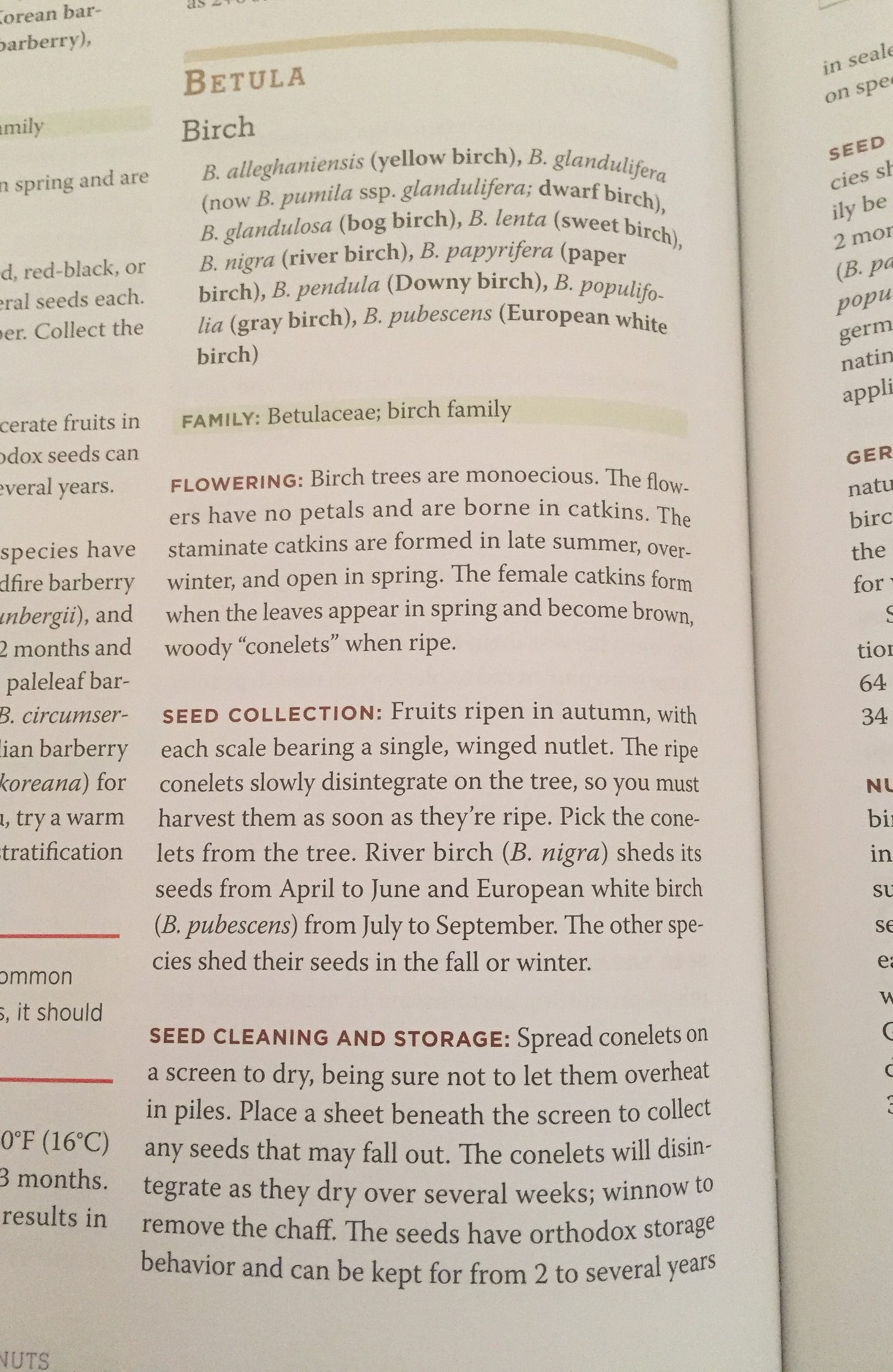
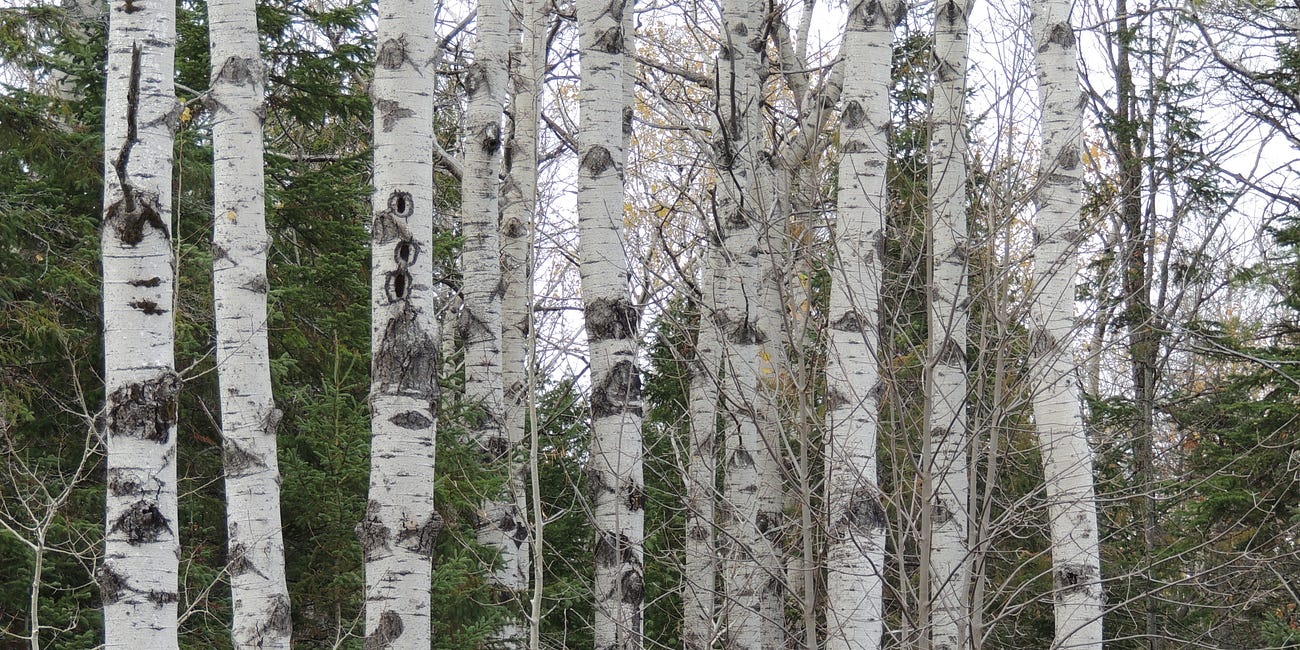
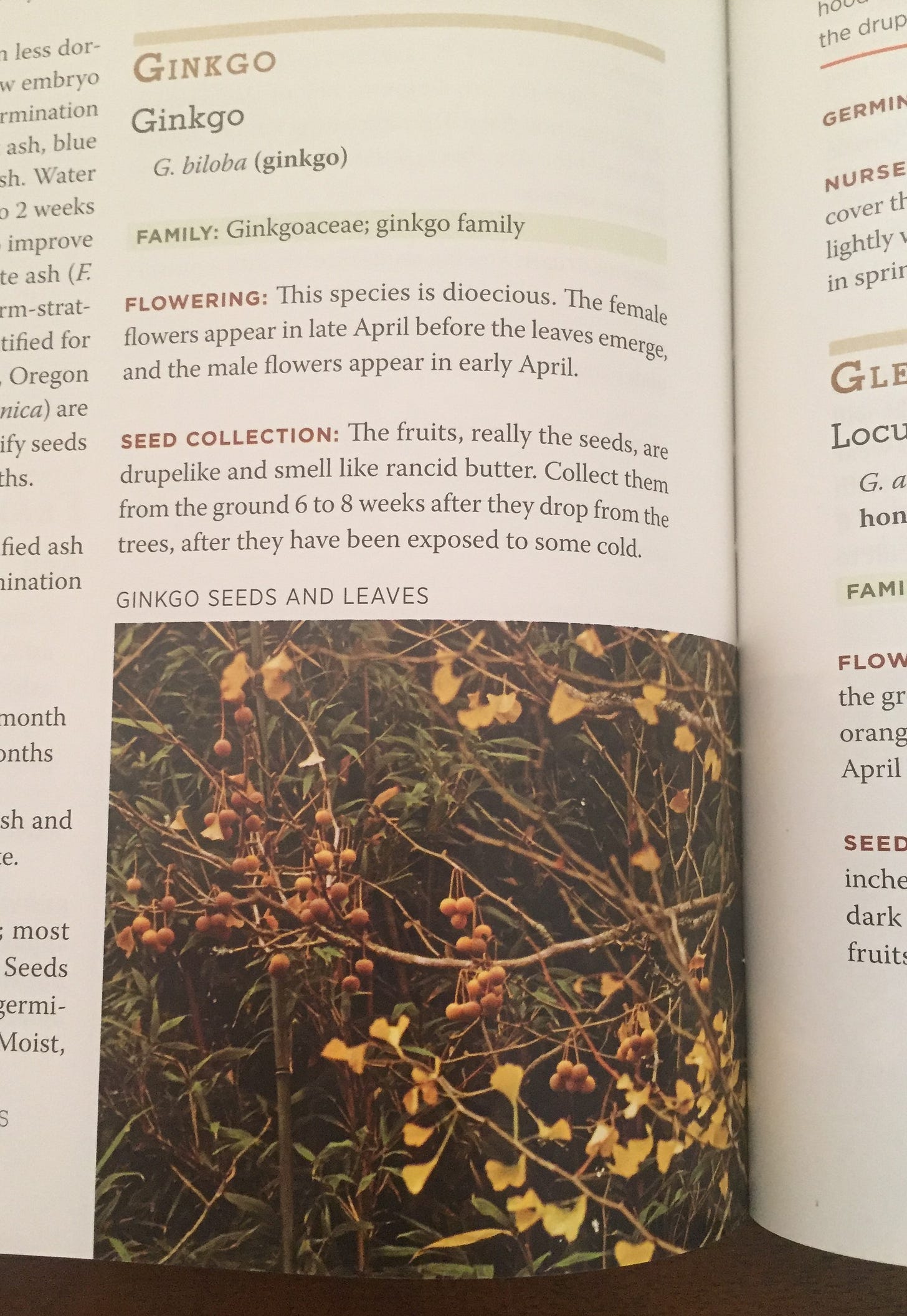
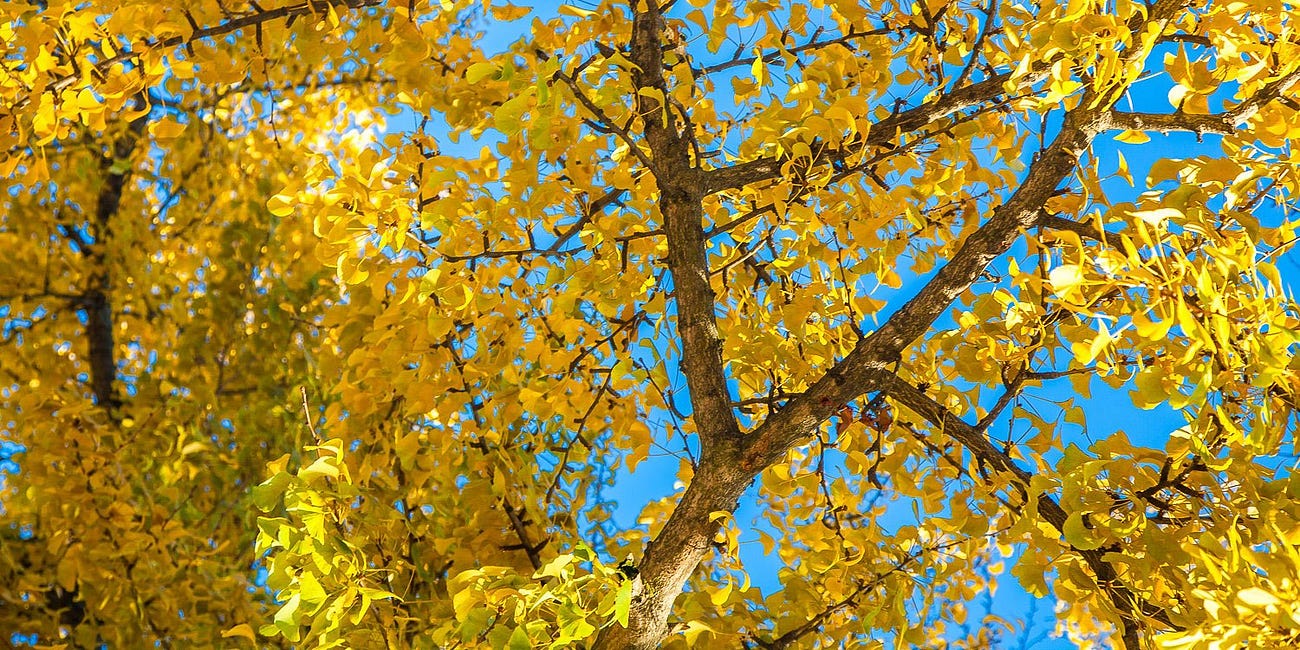
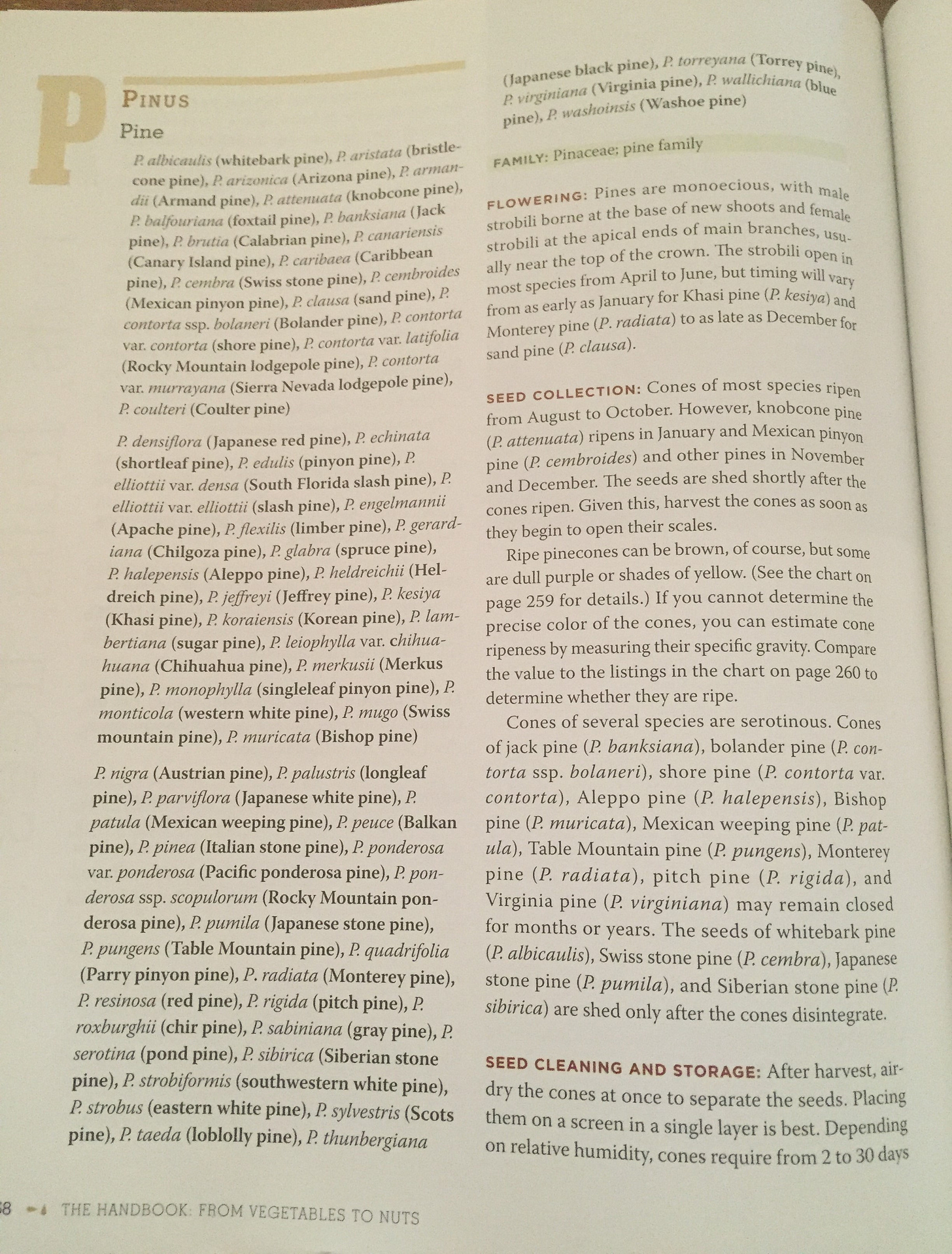
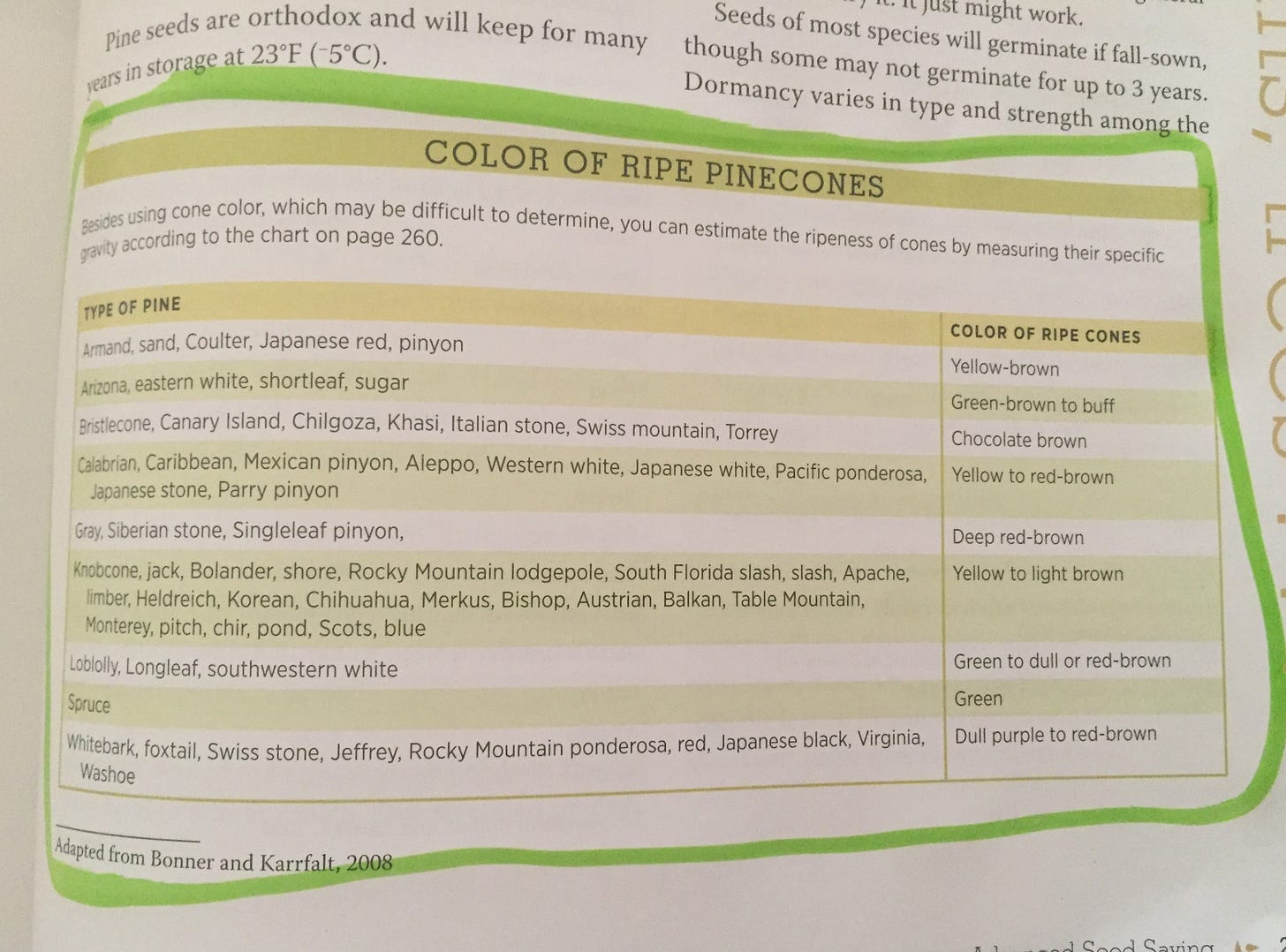
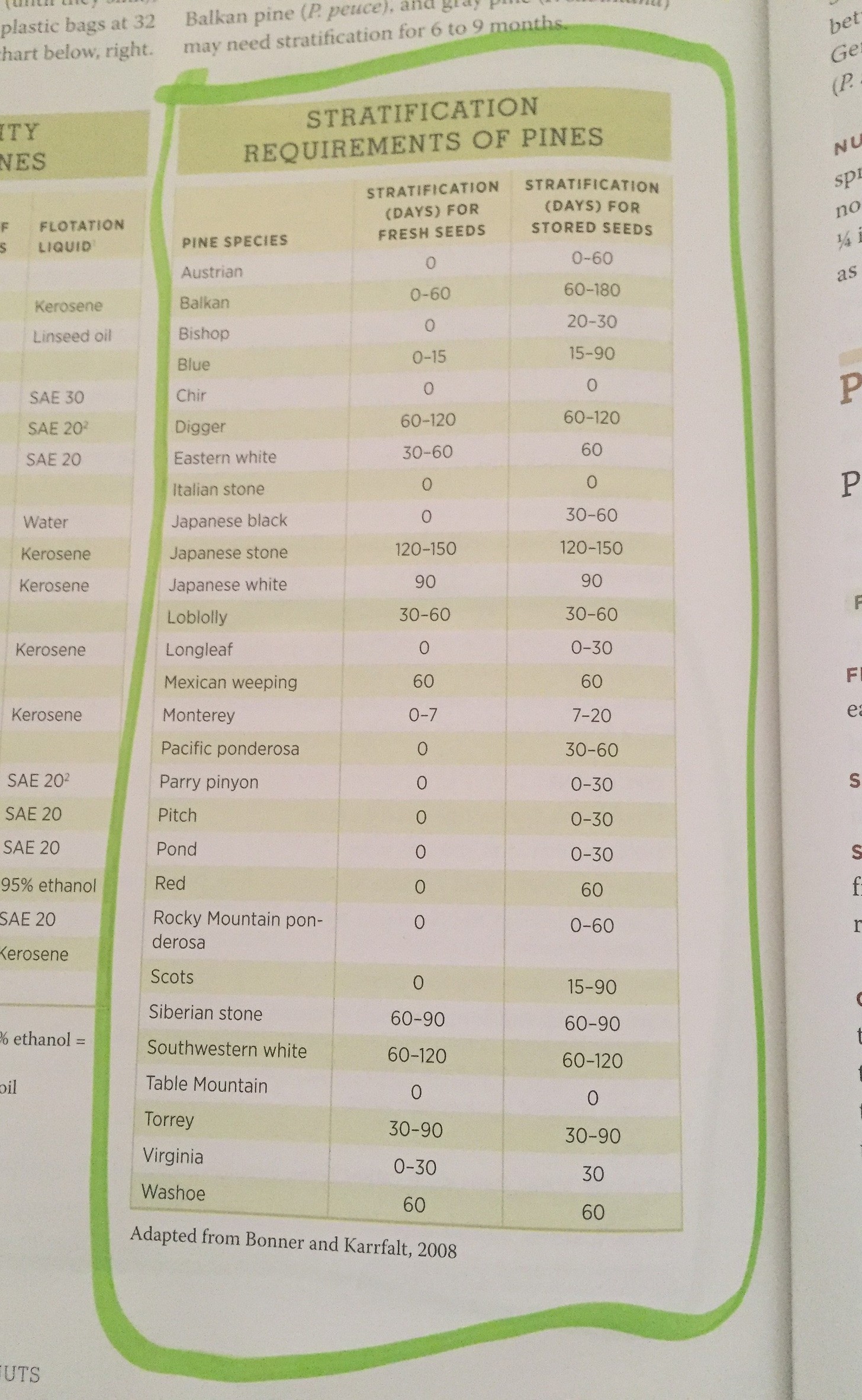
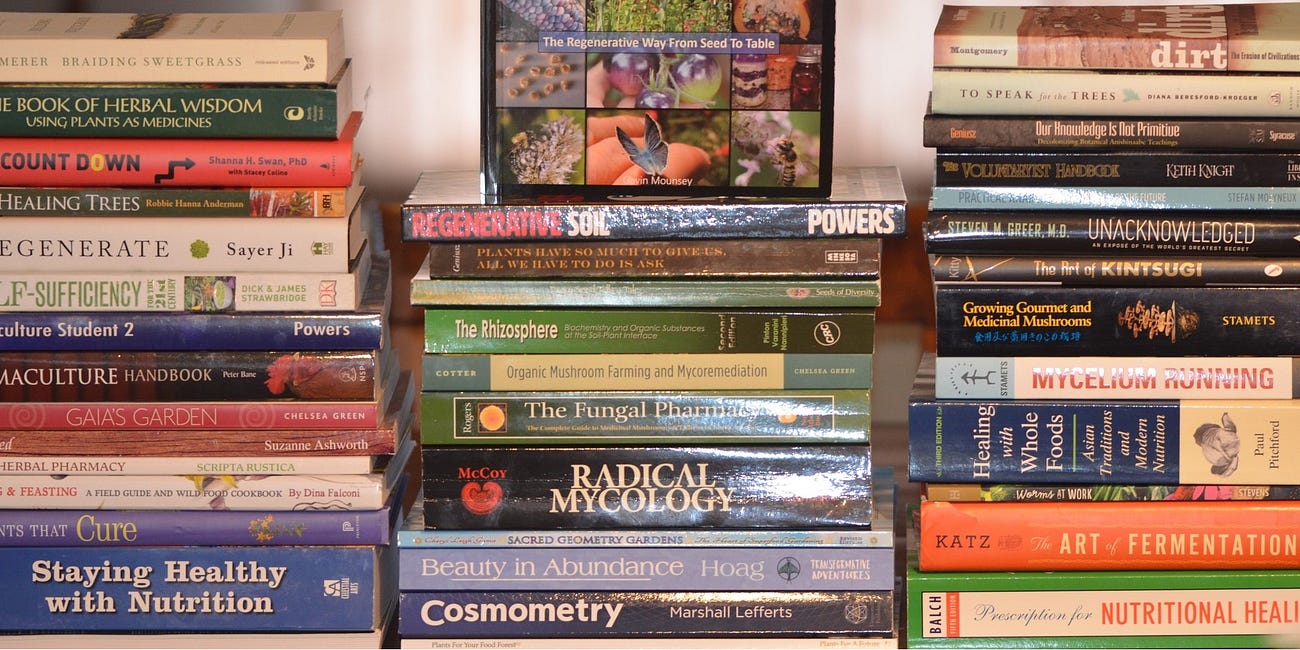
Great review! Academics know which side their bread is buttered on.
Gavin, thank you for these insights and lending your perspectives and experience to the topic! While I was impressed with the quality of the book, the nice photos and easy organizing style, I had noticed a few of the same things you have, so your work confirmed my thoughts and as well as added a lot and has given me some more avenues for research. In particular, the latest in the bioengineered seeds, which is a subject I find so dense and incomprehensible it would’ve really been an essential section of a book that calls itself “The Complete Guide”.
I agree that the authors seem to try to awkwardly straddle an academic or institutionalized mindset into a book meant more for the layman, or generalist. In some cases I’d have been totally put off saving seeds after reading their descriptions. I haven’t been seed-saving that long, about 4 years in many cases. Tomatoes and peppers and all the herbs and easy ones like okra are how I started, and in the book it says tomatoes and peppers should be isolated by 1/2 mile if cross-pollination is a concern. I plant mine all together and save the seed and I’ve had no cross-pollination. I wonder how many folks who would buy this book have that much land?
Anyway, I am glad to have the book on hand for future reference and I very much appreciate your efforts and thoughts! I know we’ve got the soil book next, which I’ve yet to purchase, so I best get on that. In future, would you also consider a book about breeding? And also about propagation? Or maybe those would be in the same book. I have one that is very popular by the American Horticultural Society, but I’ve not had any good luck yet using the methods there. Could be my lack of experience. But I don’t give up! 😁
(On another note, I remember you asked me a question about a previous comment concerning US landowners and the neighboring ones I know ‘donating’ their land to ‘re-wilding’ projects. I’d like to compile some evidence before I reply and I hope I will soon have the time for that, I think it’s worthwhile, so thank you for the prompt there and more to come!)